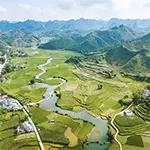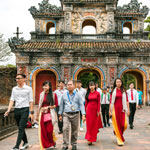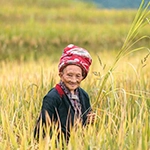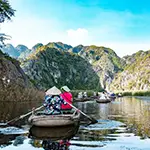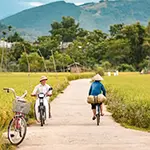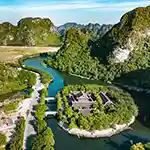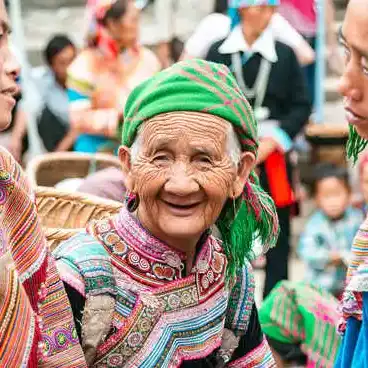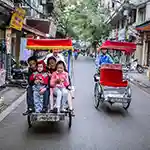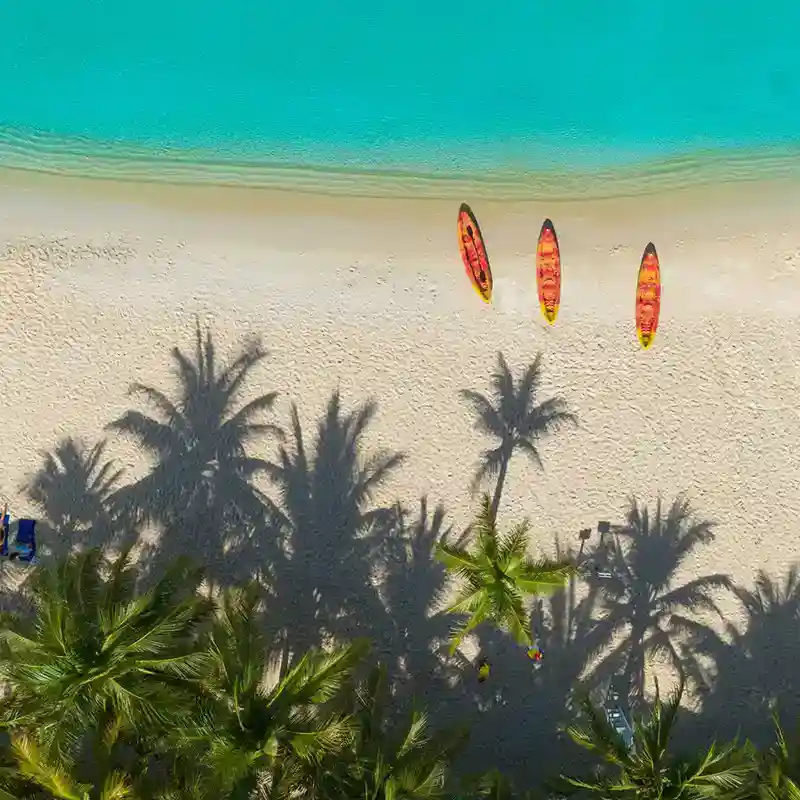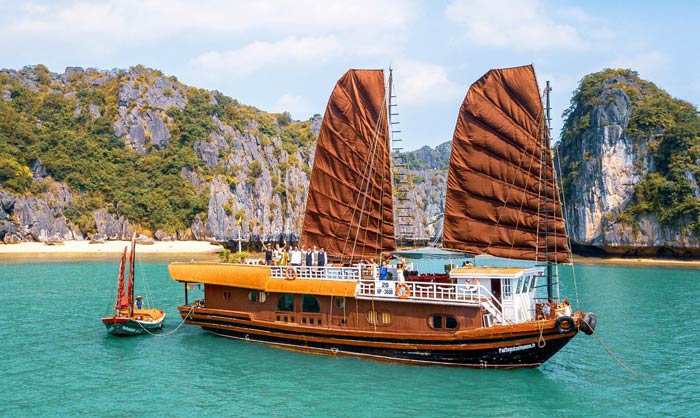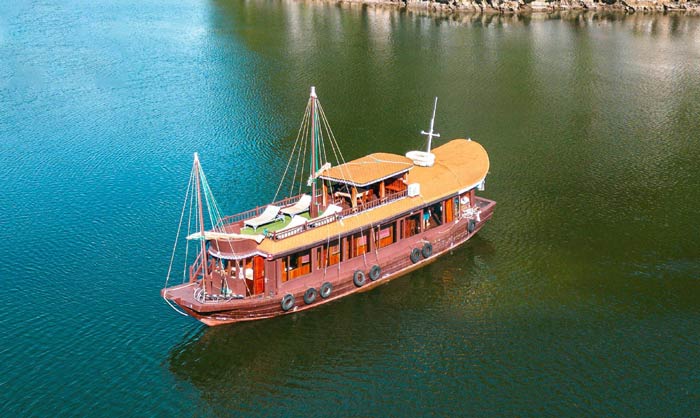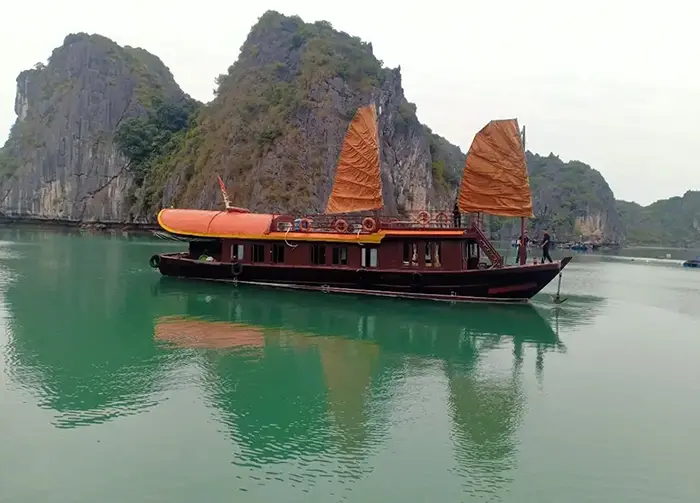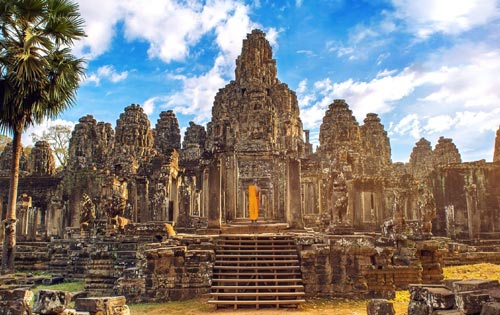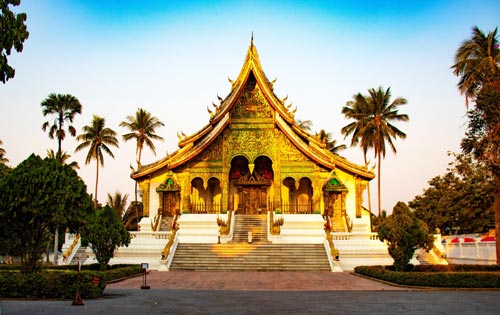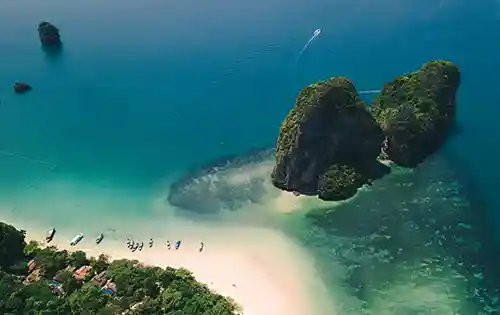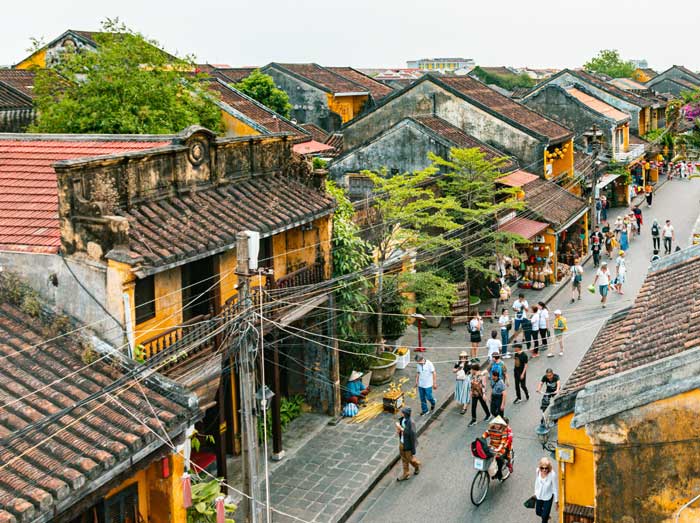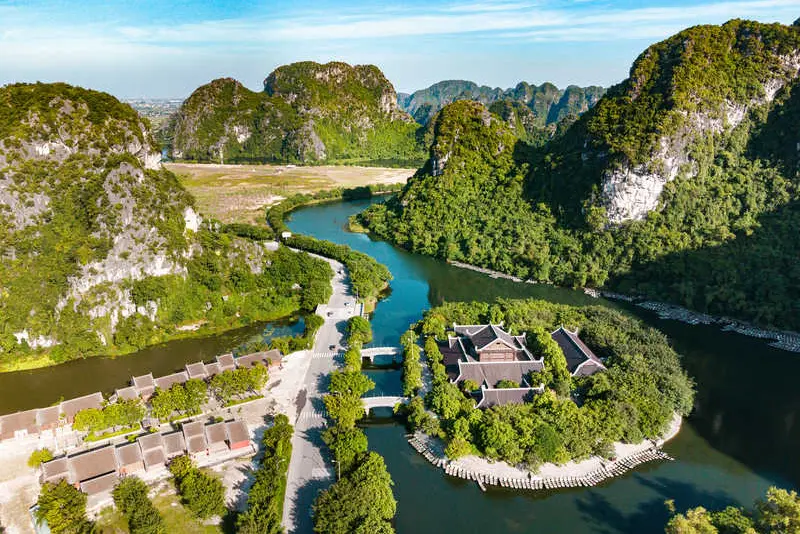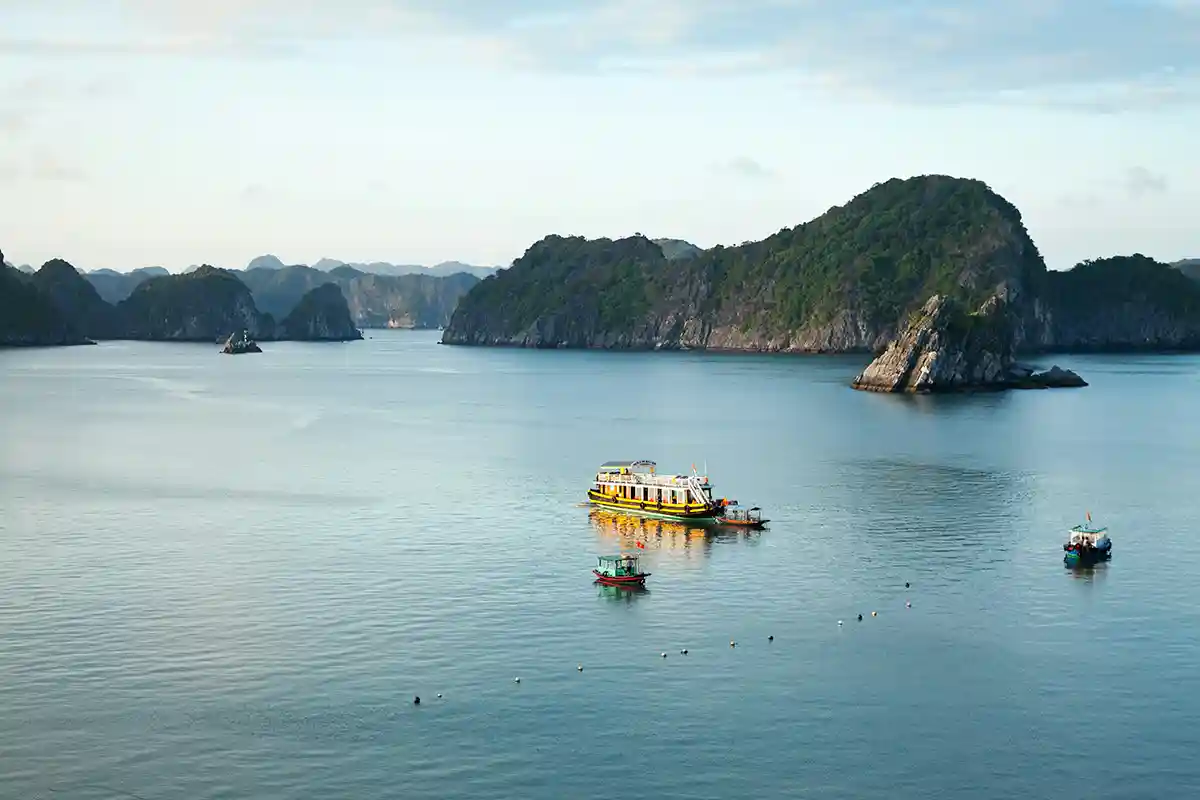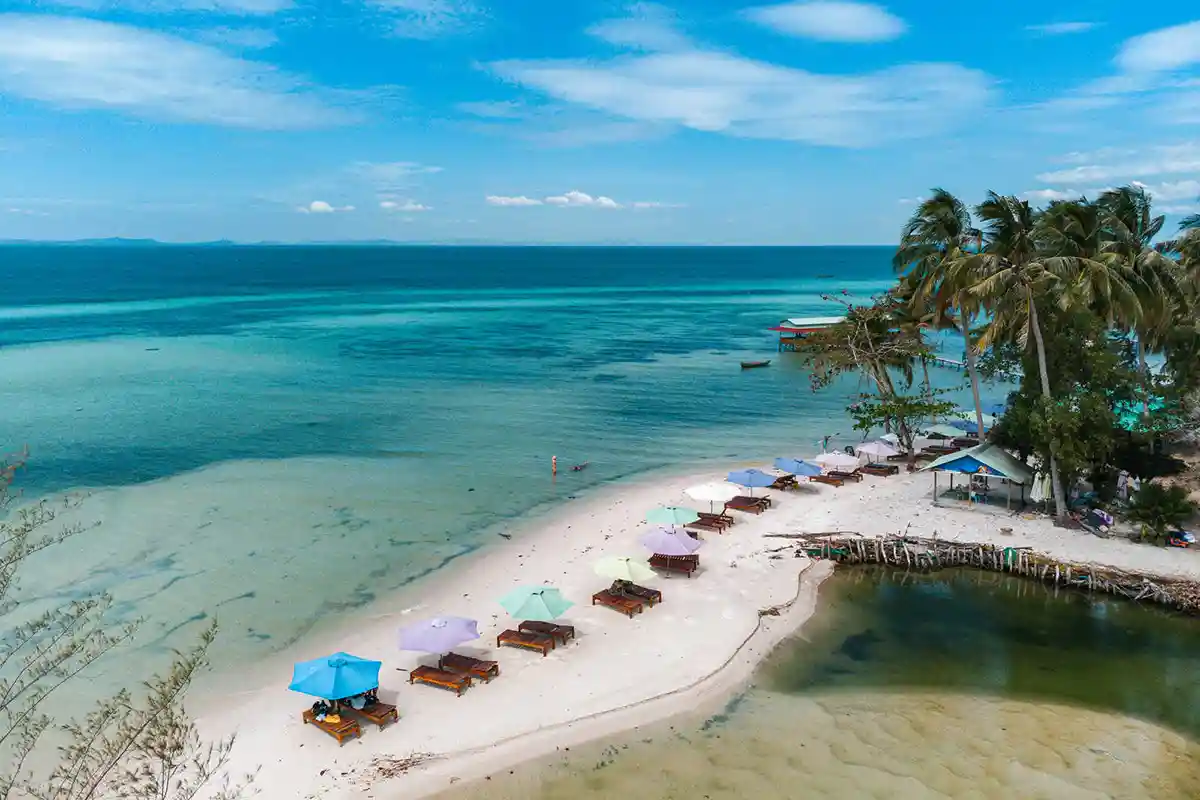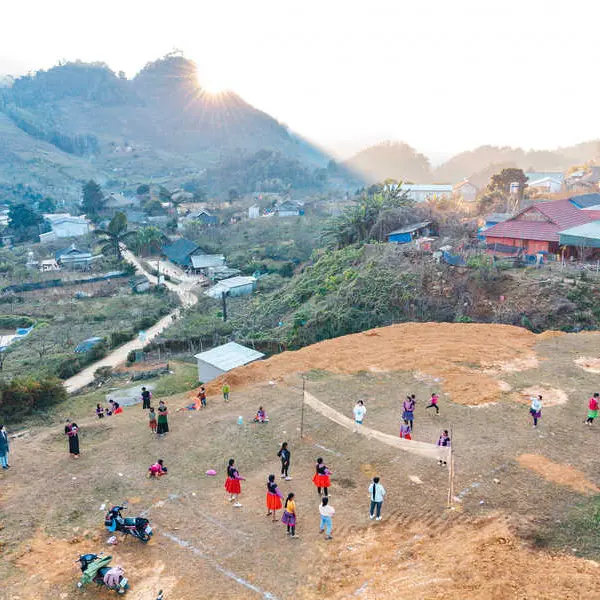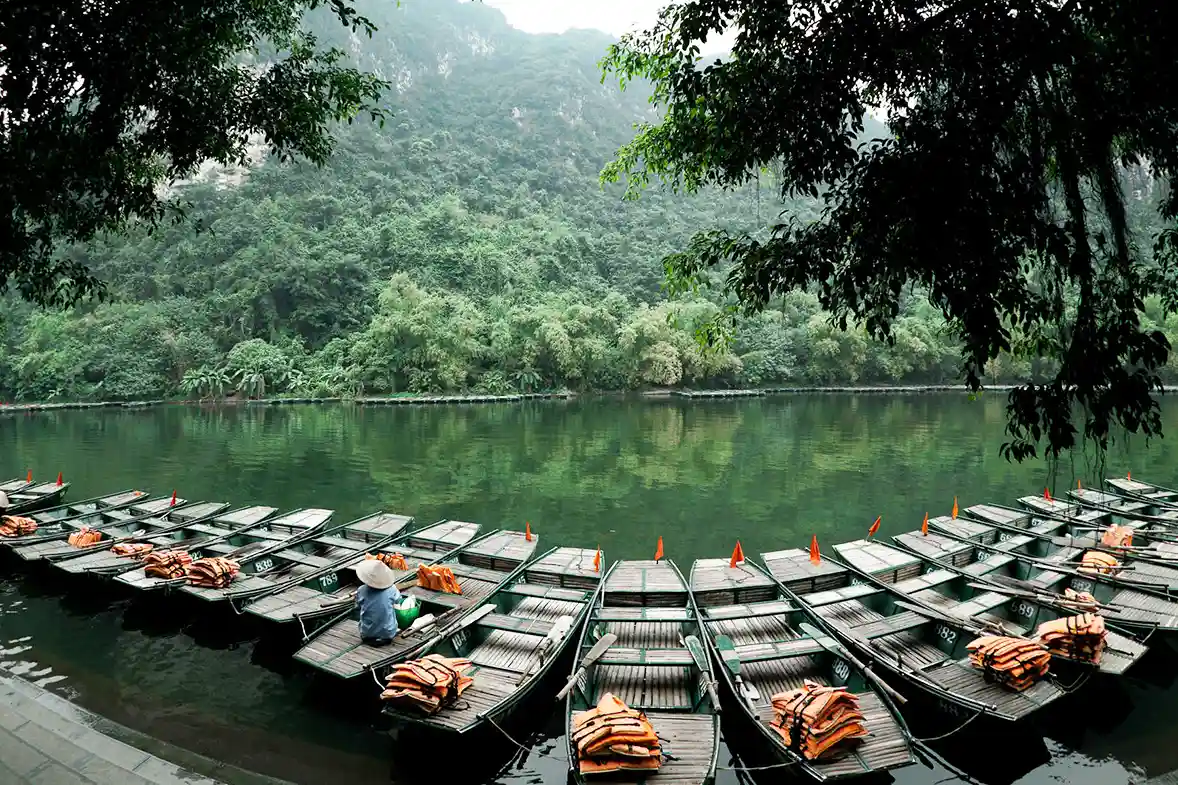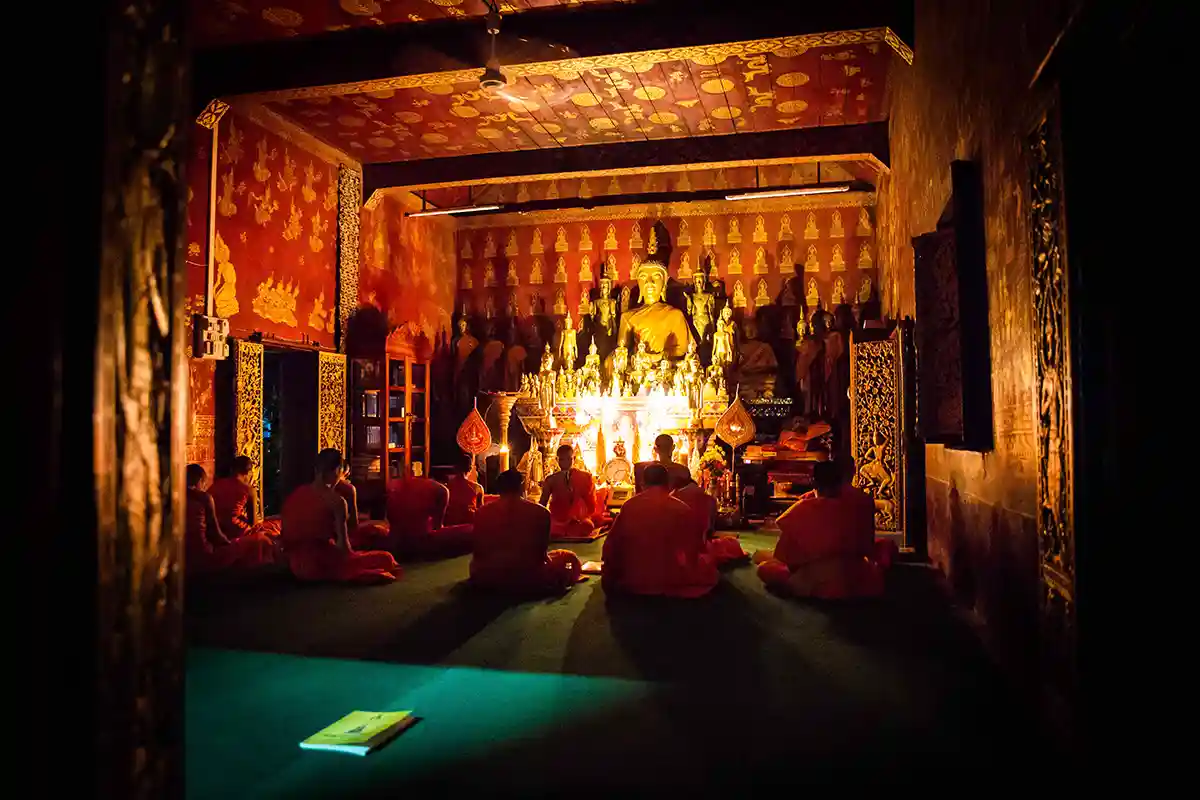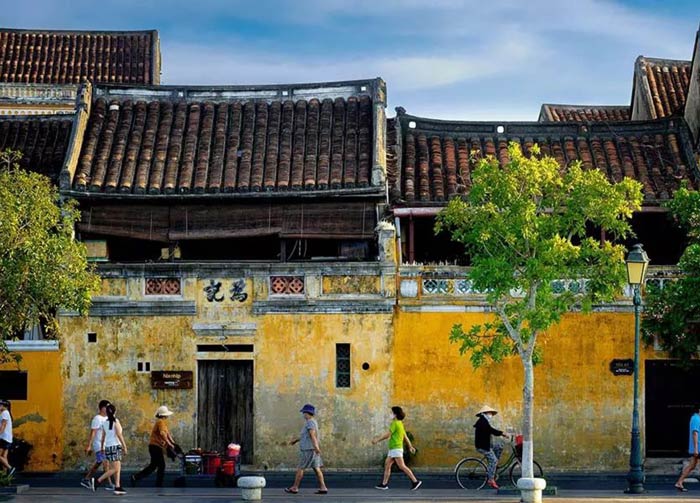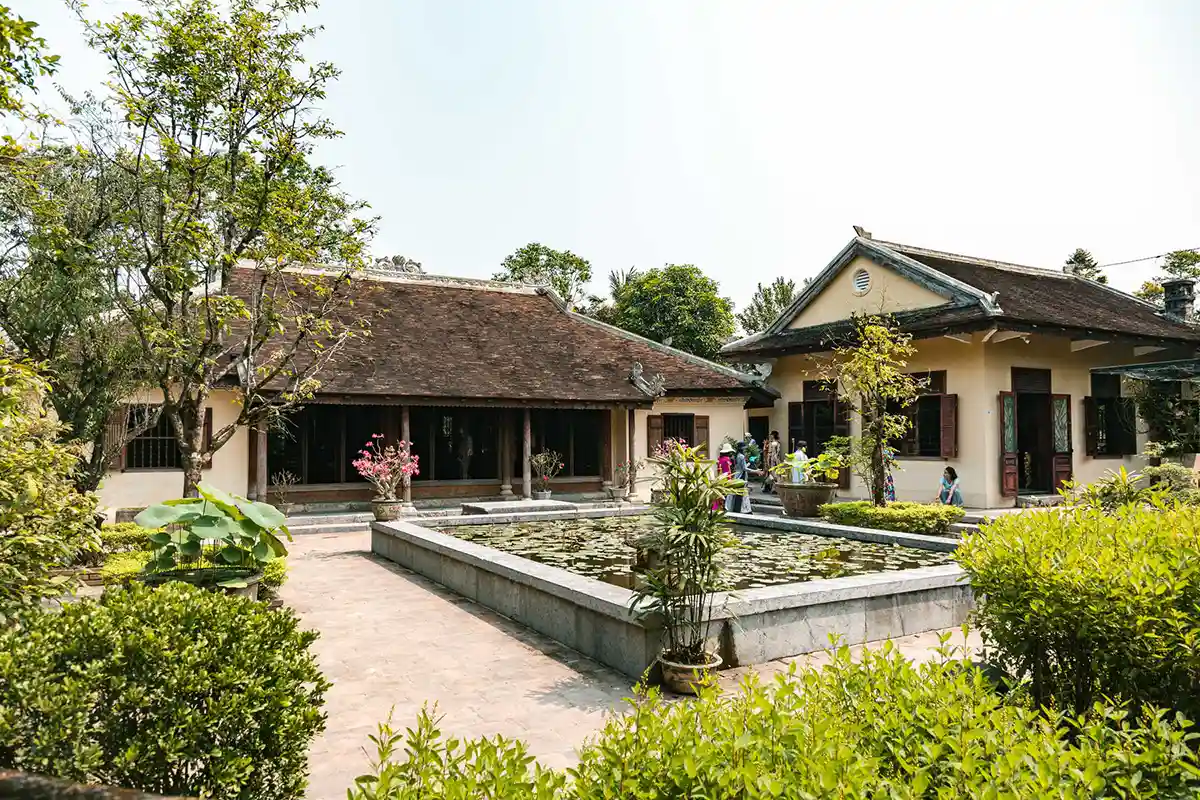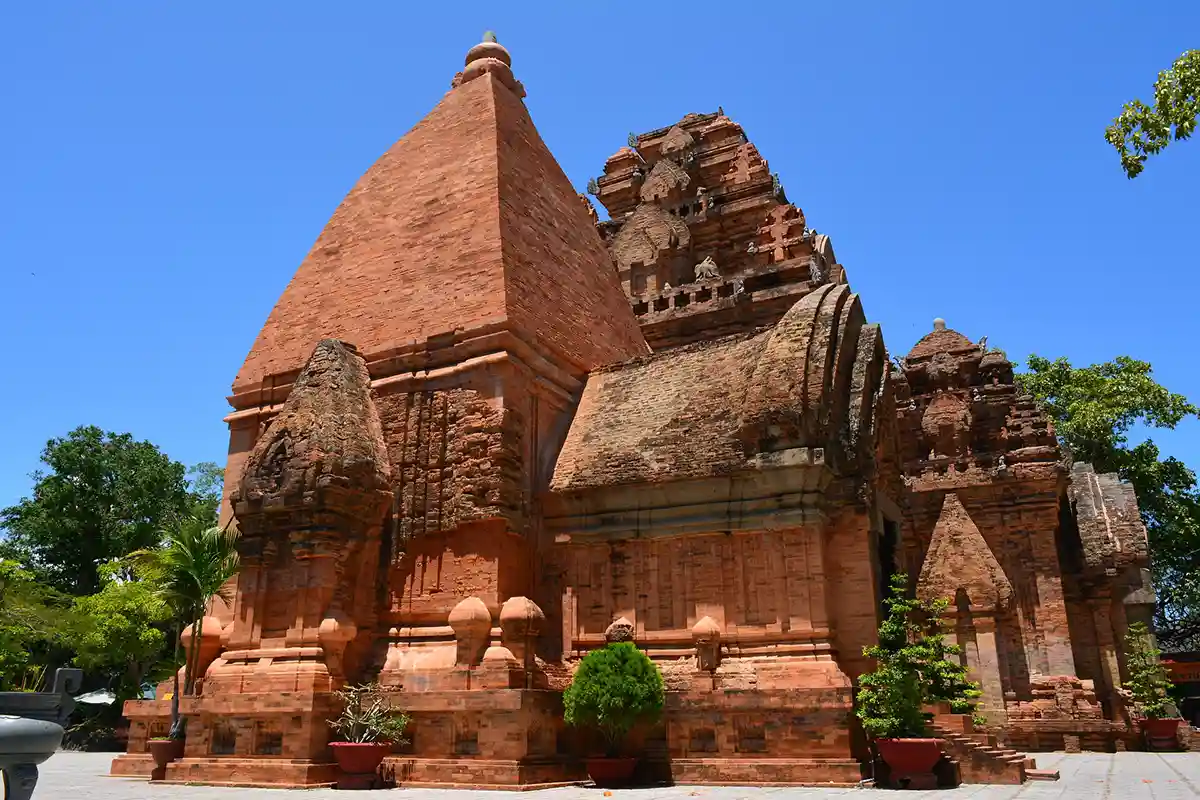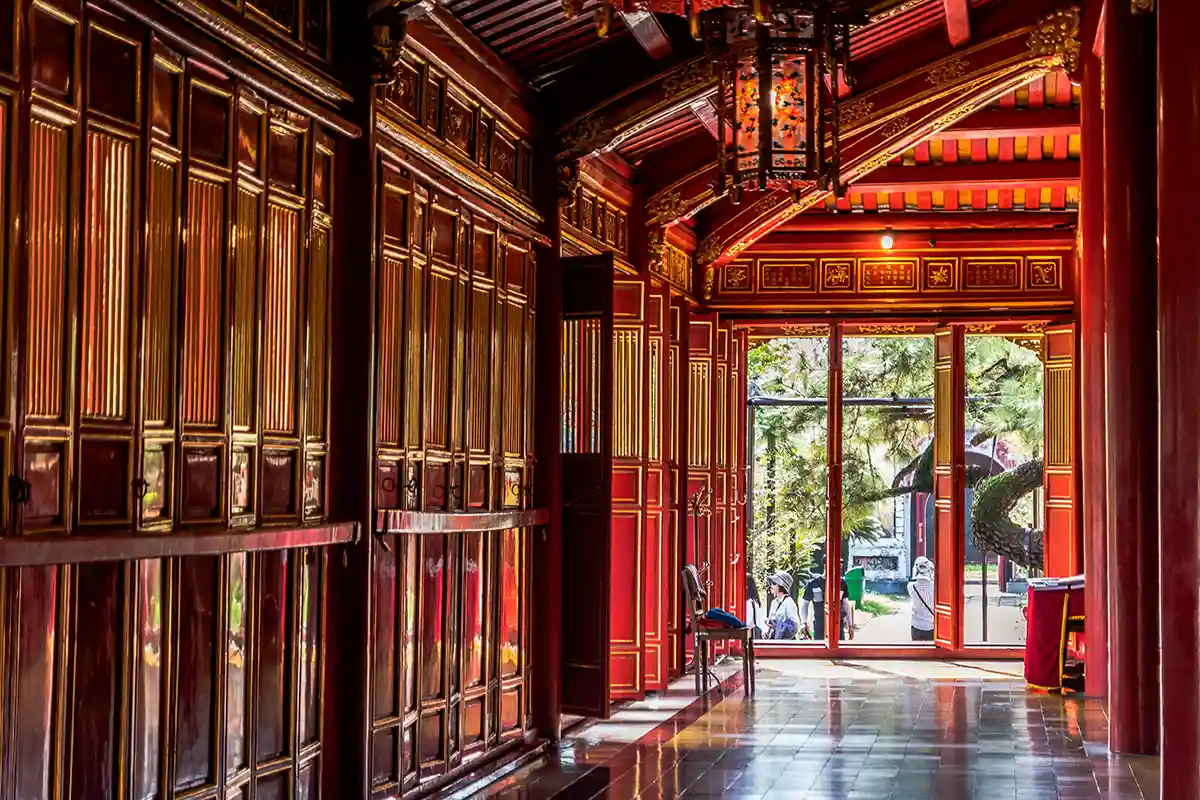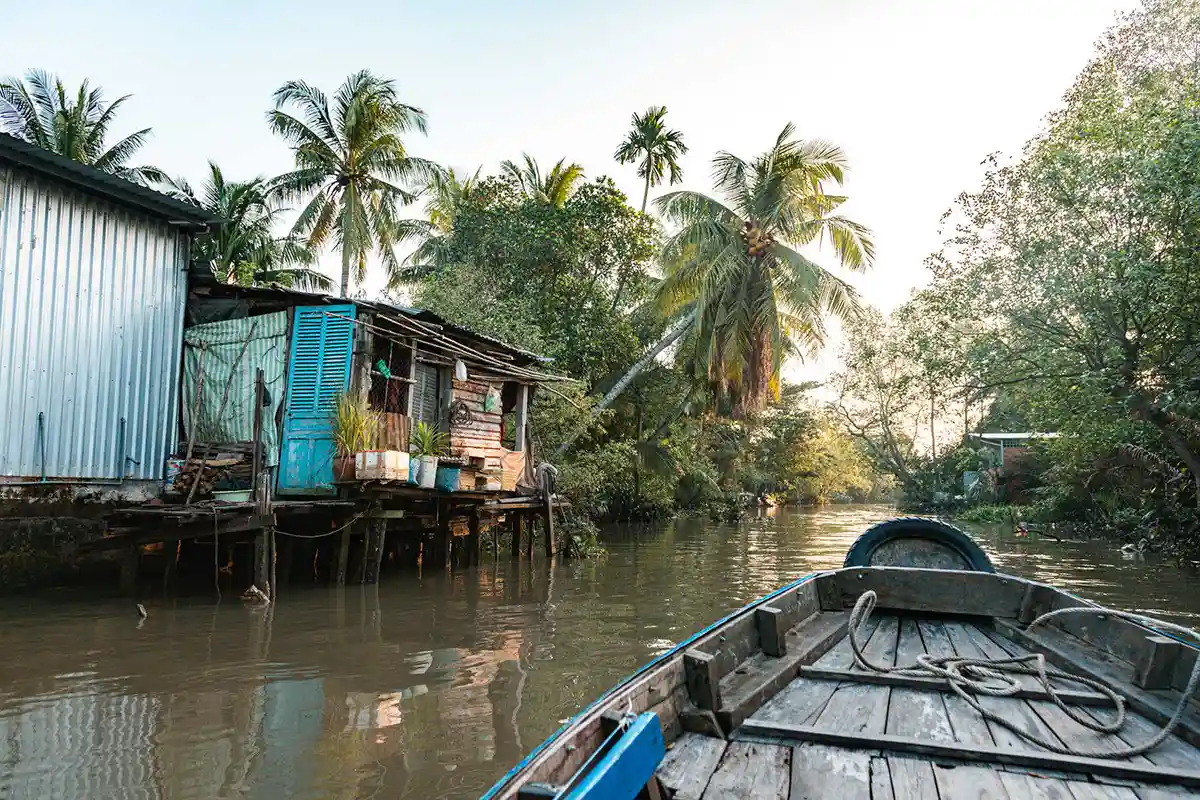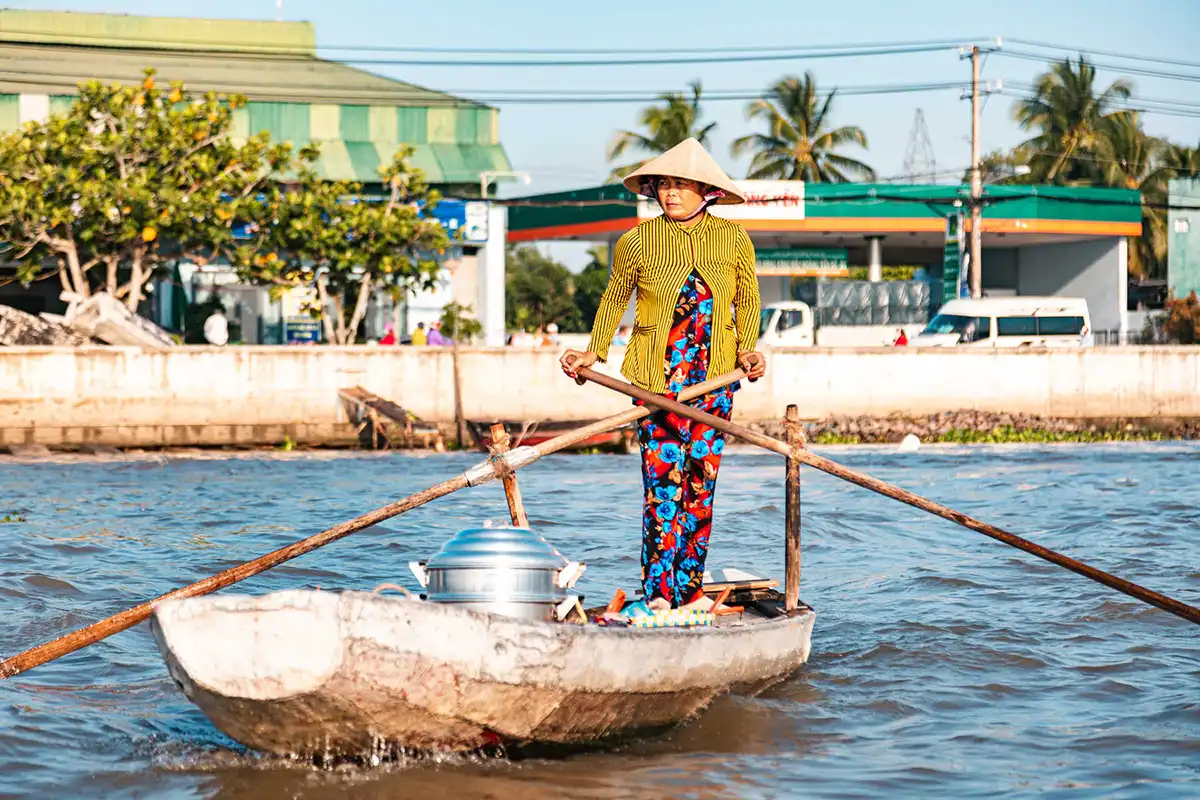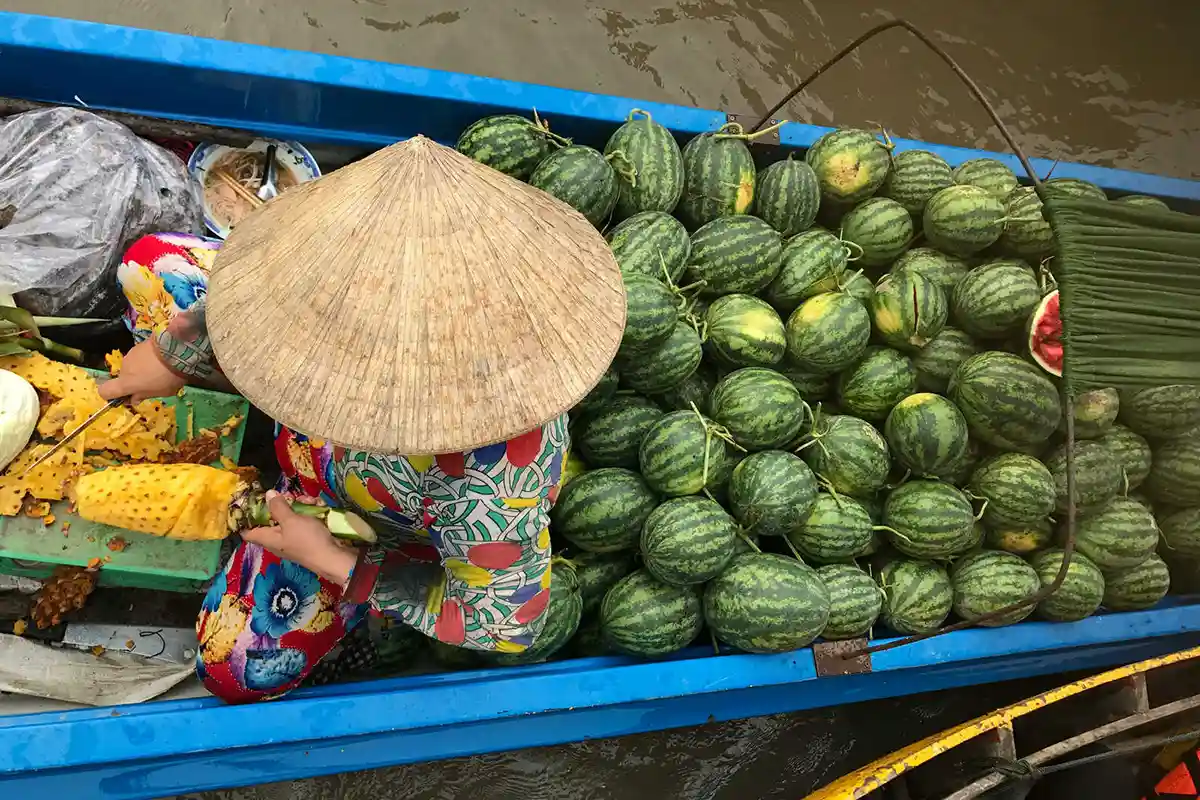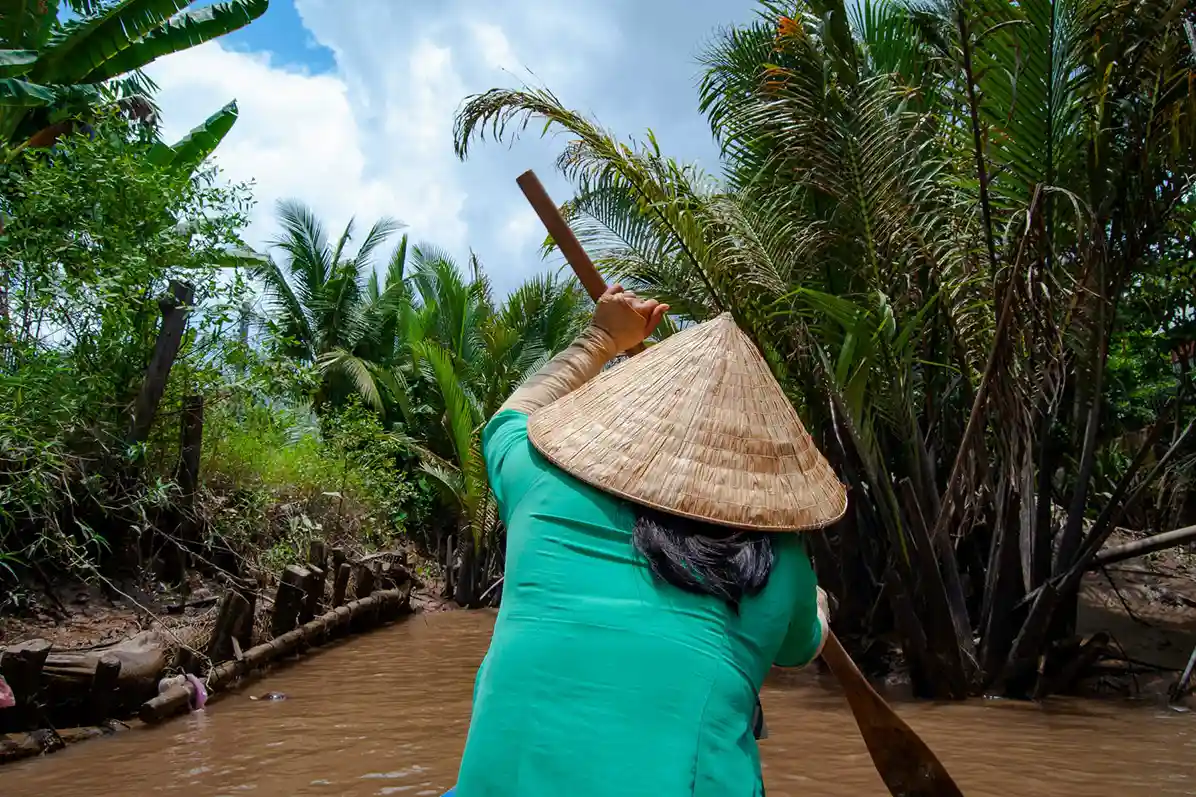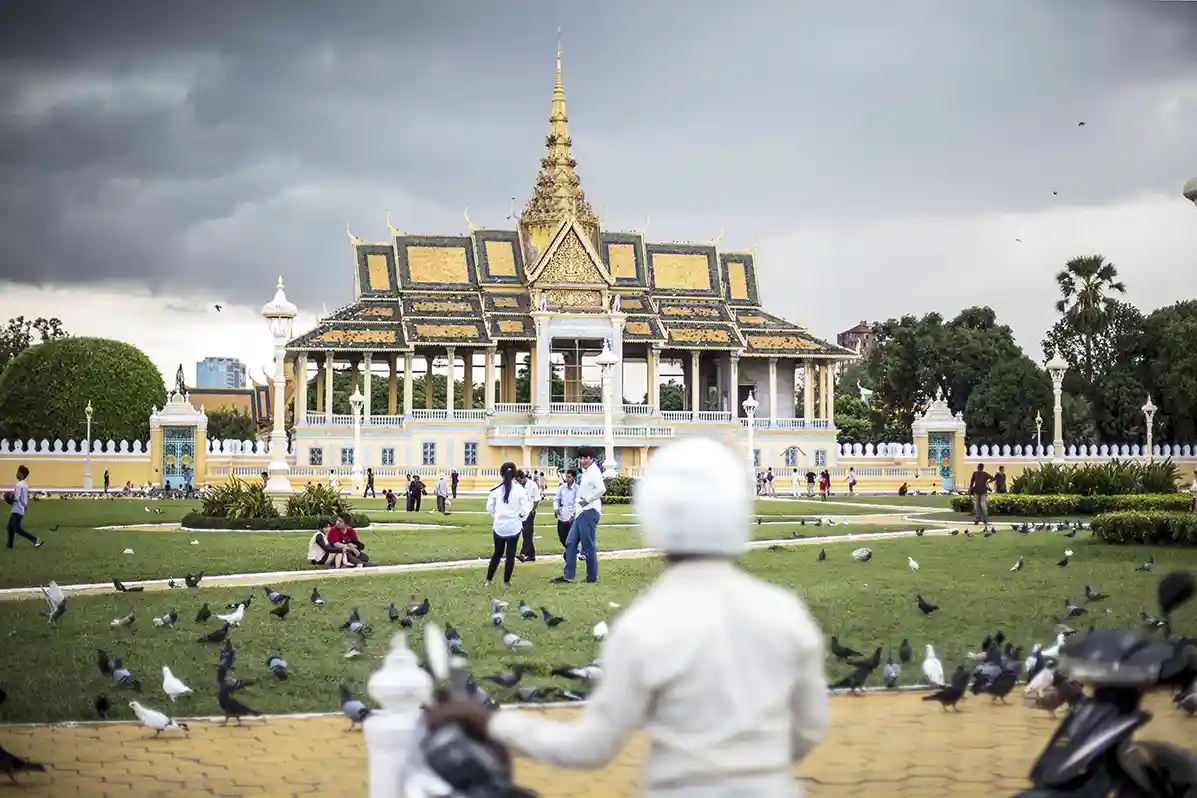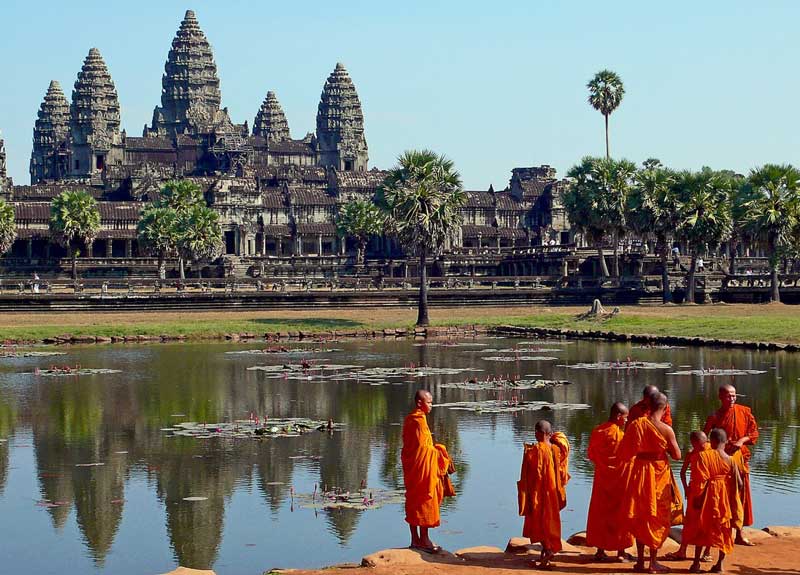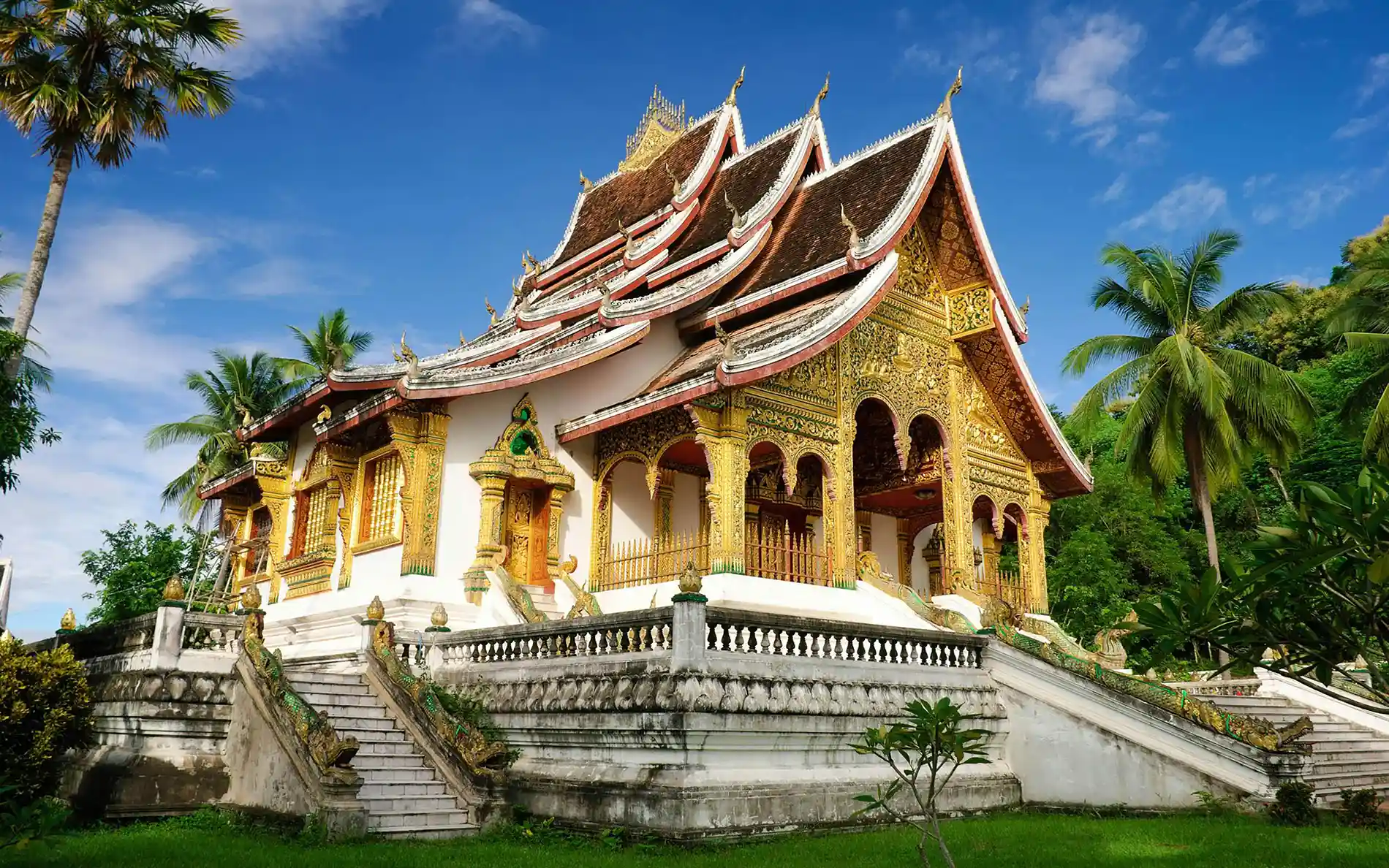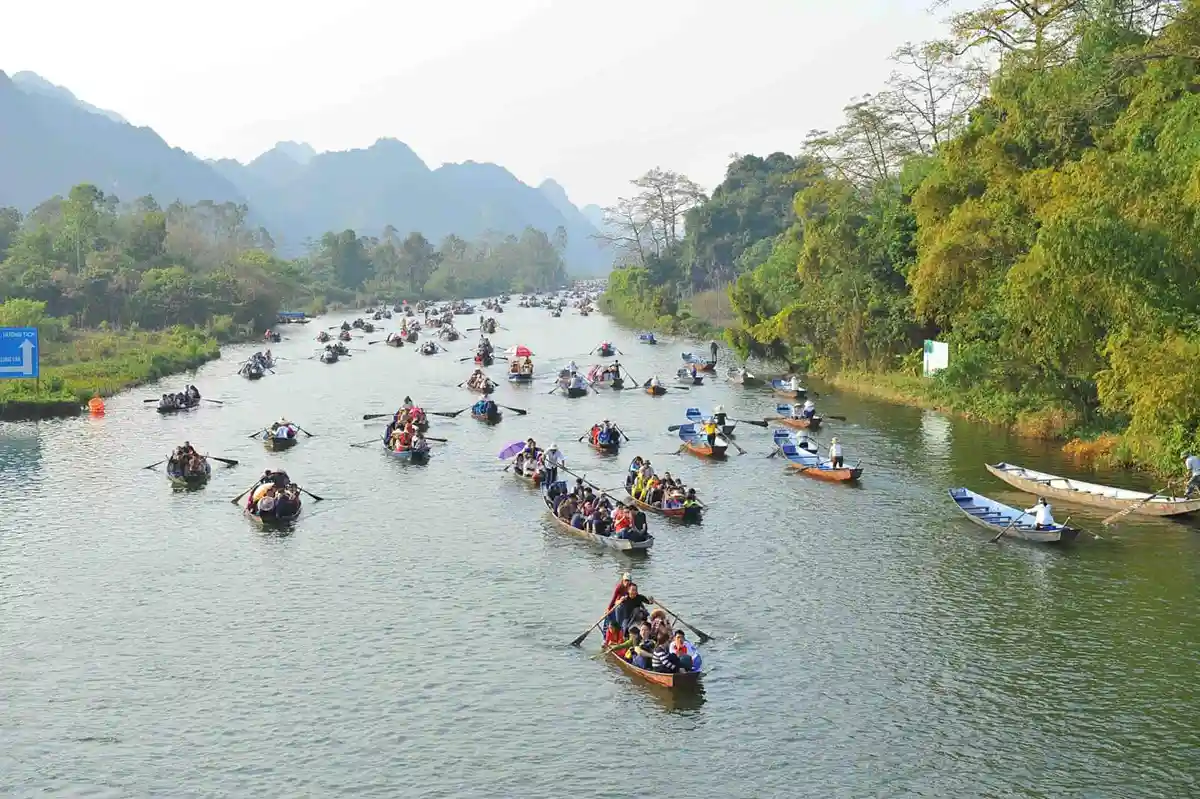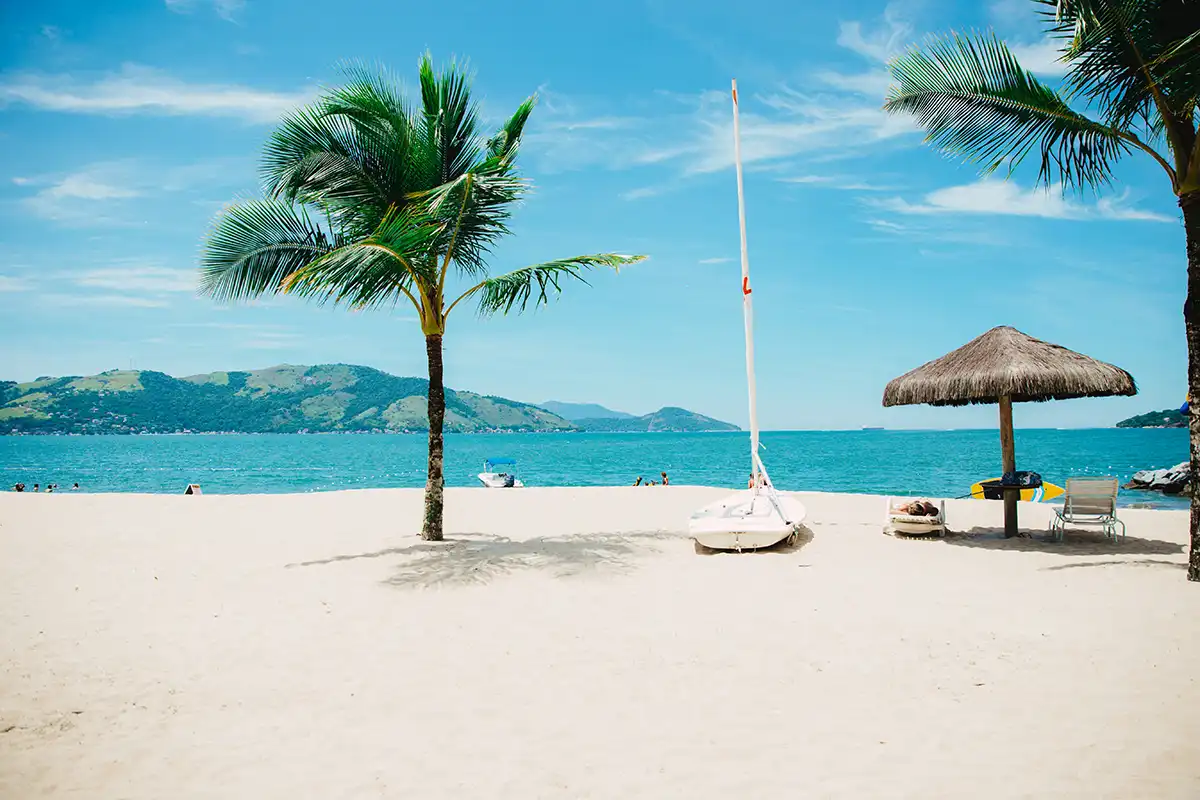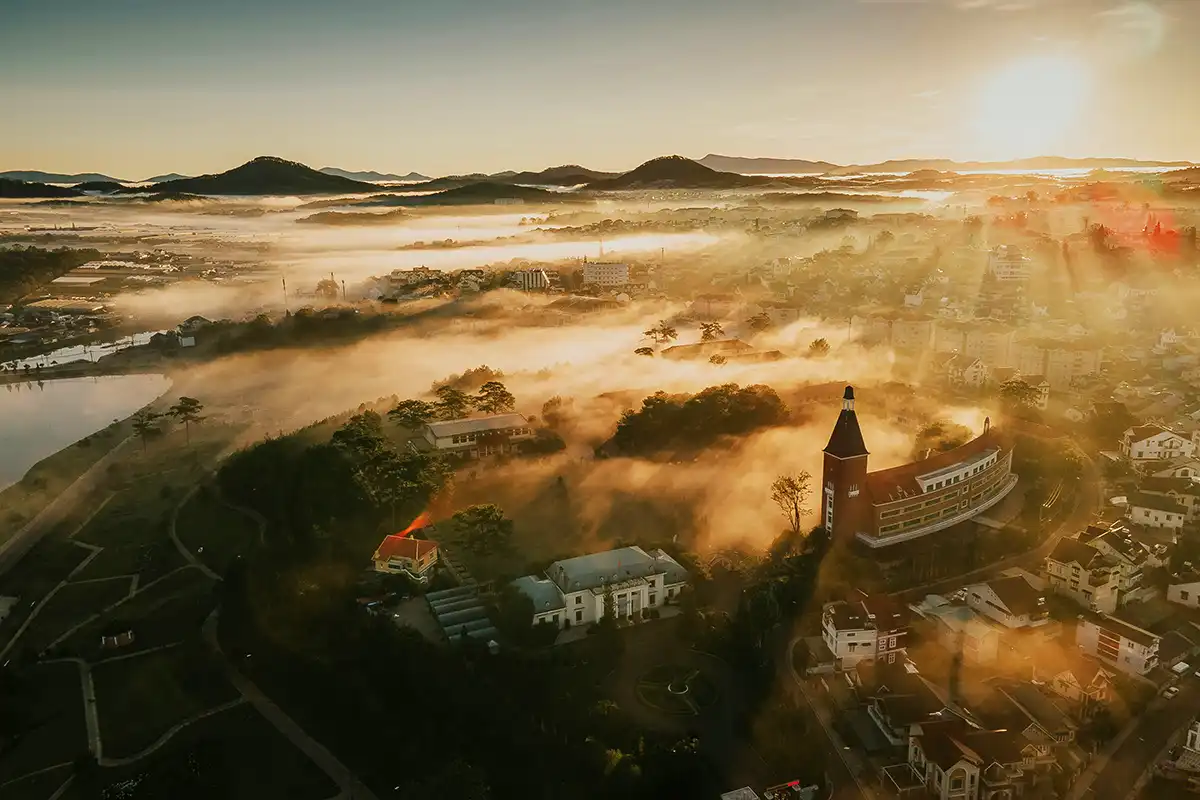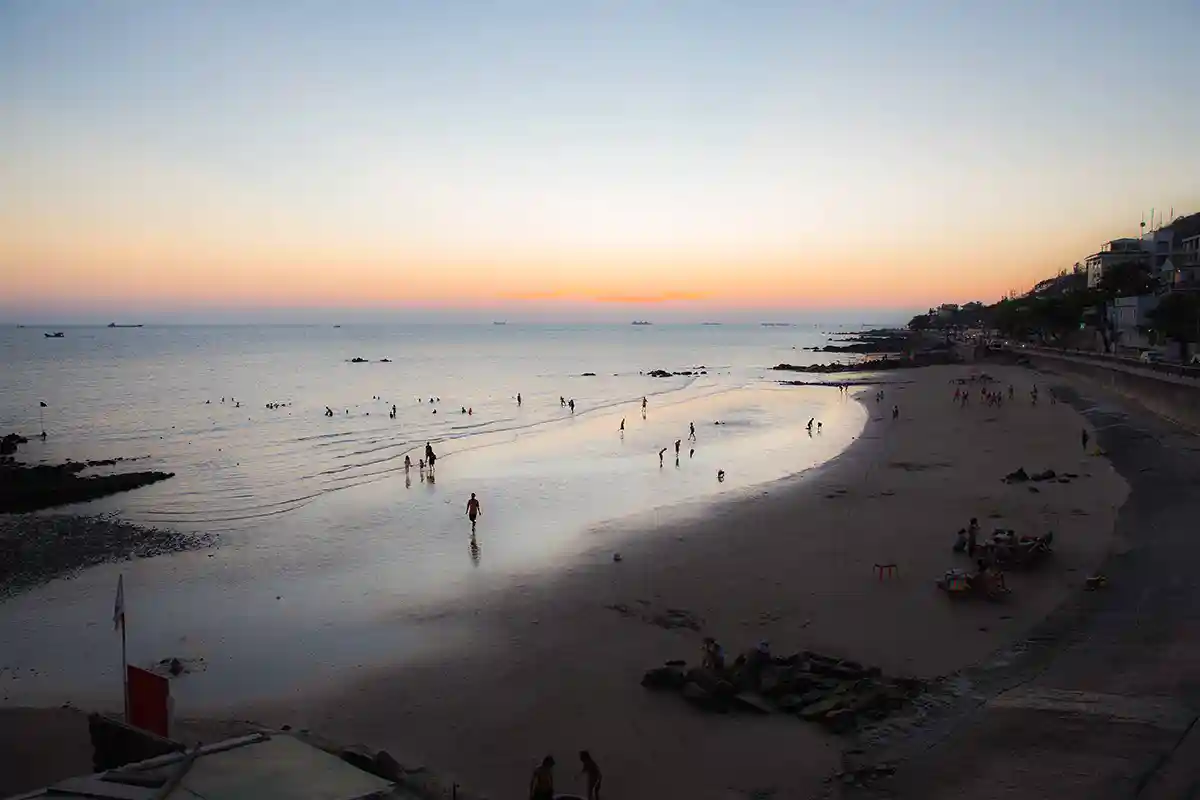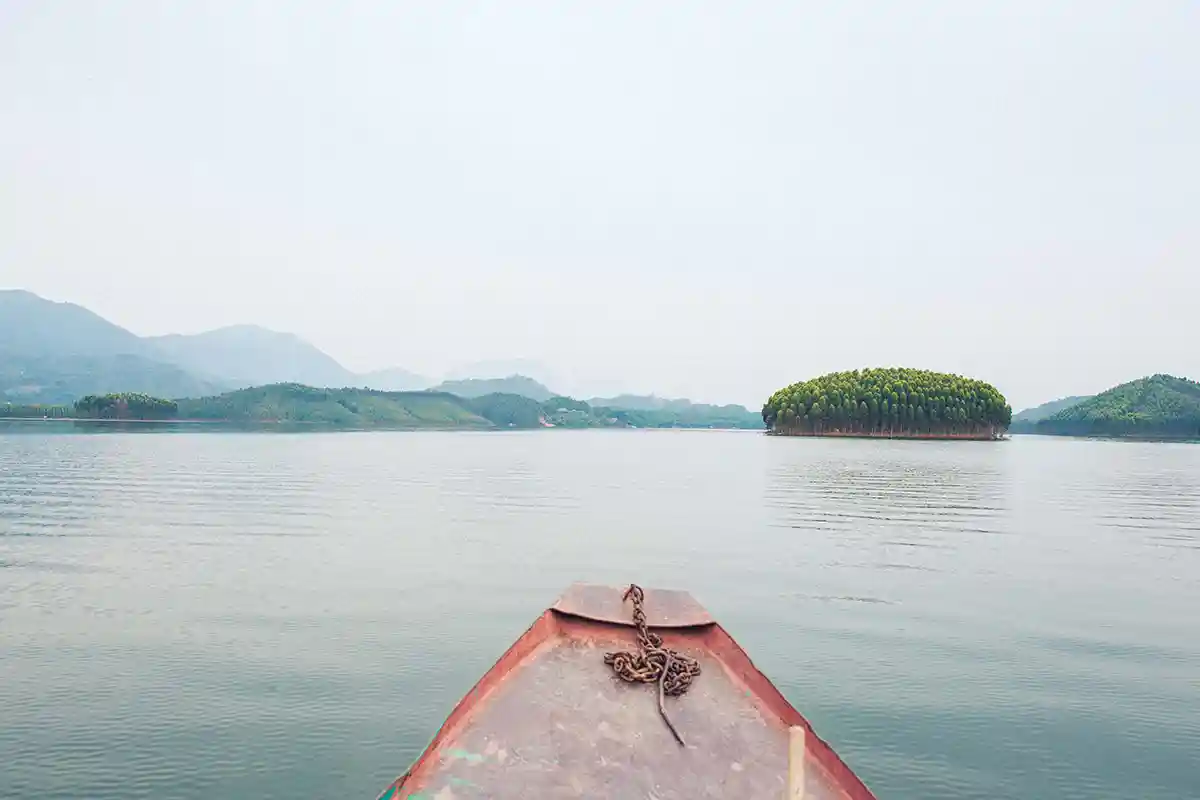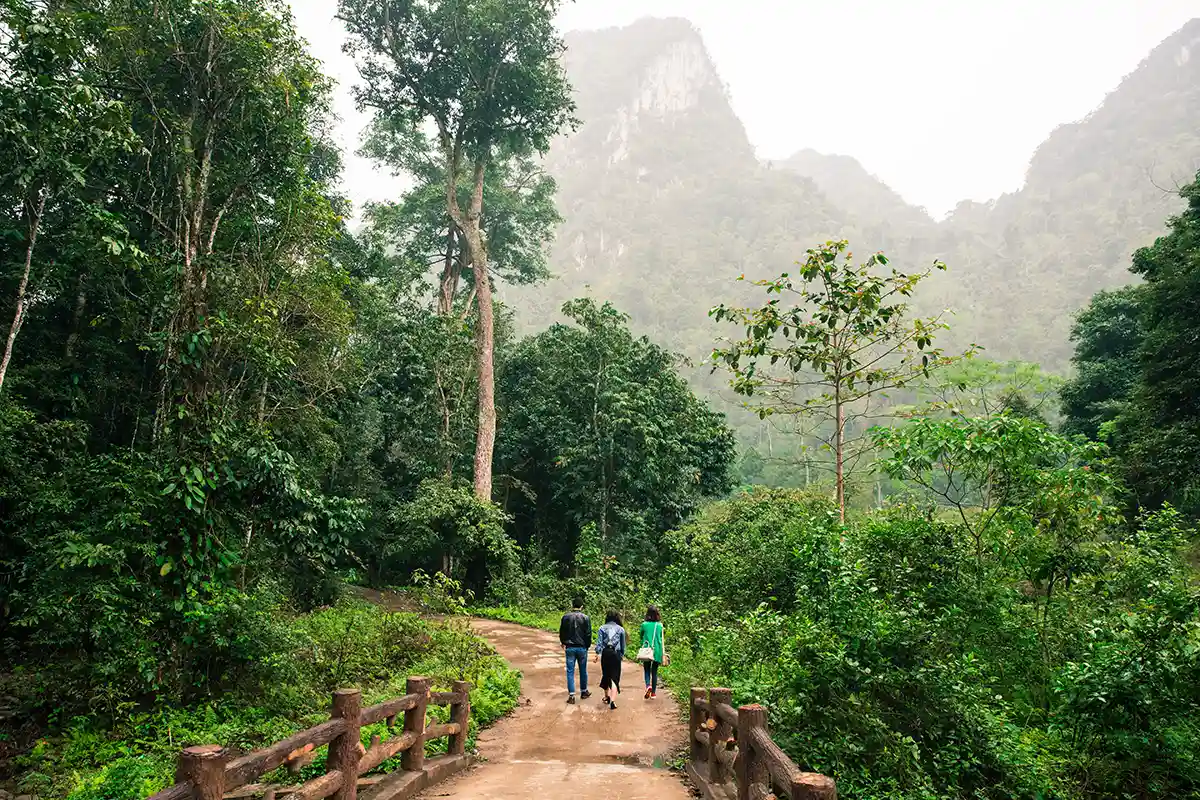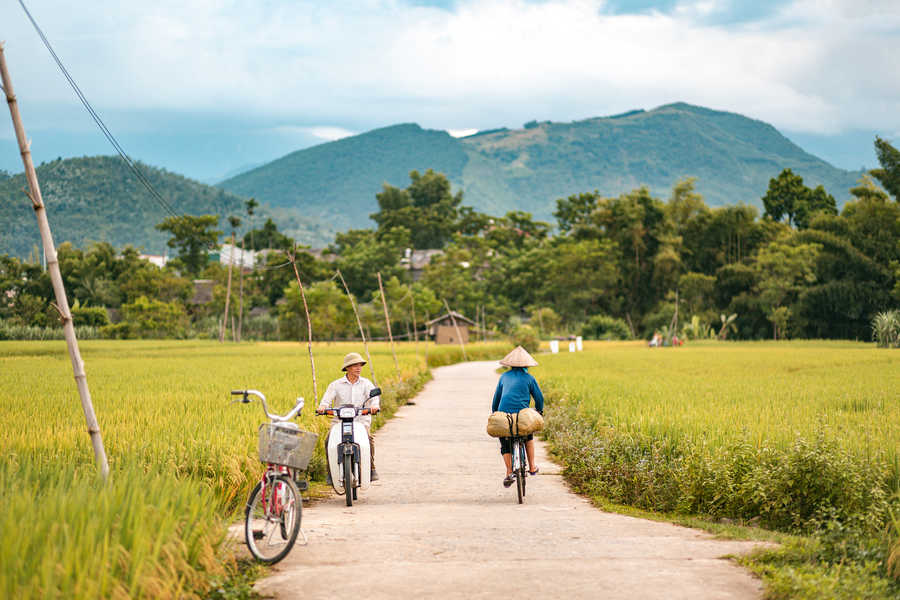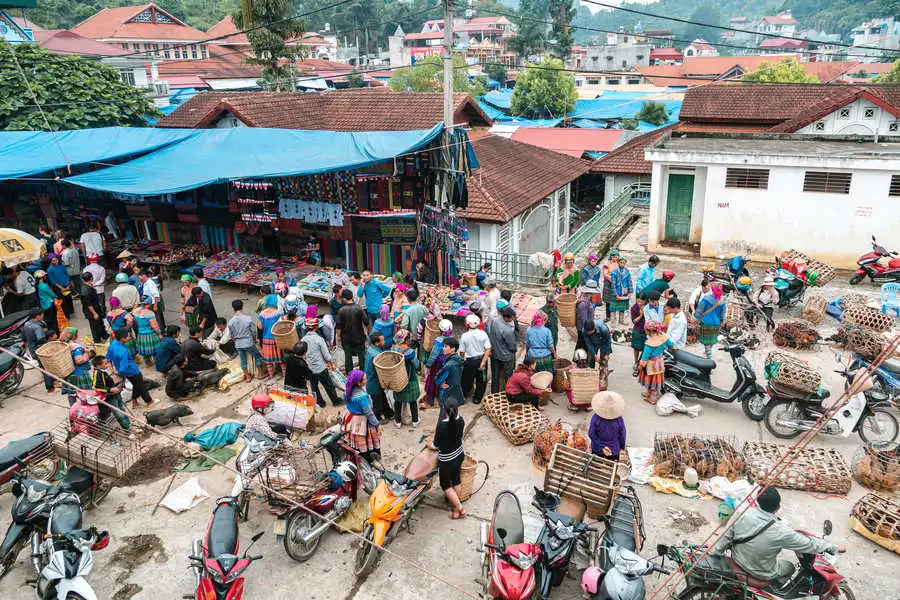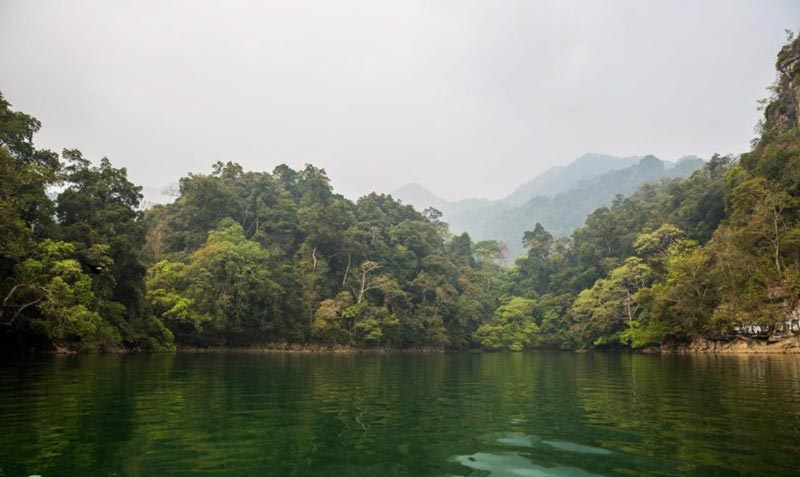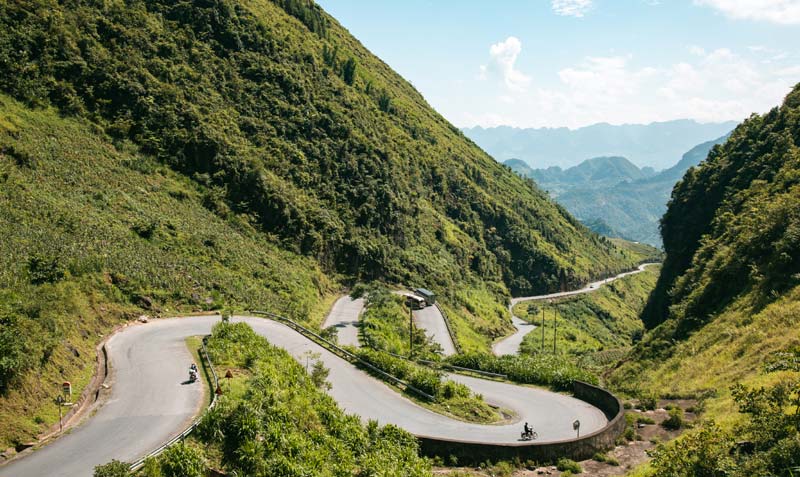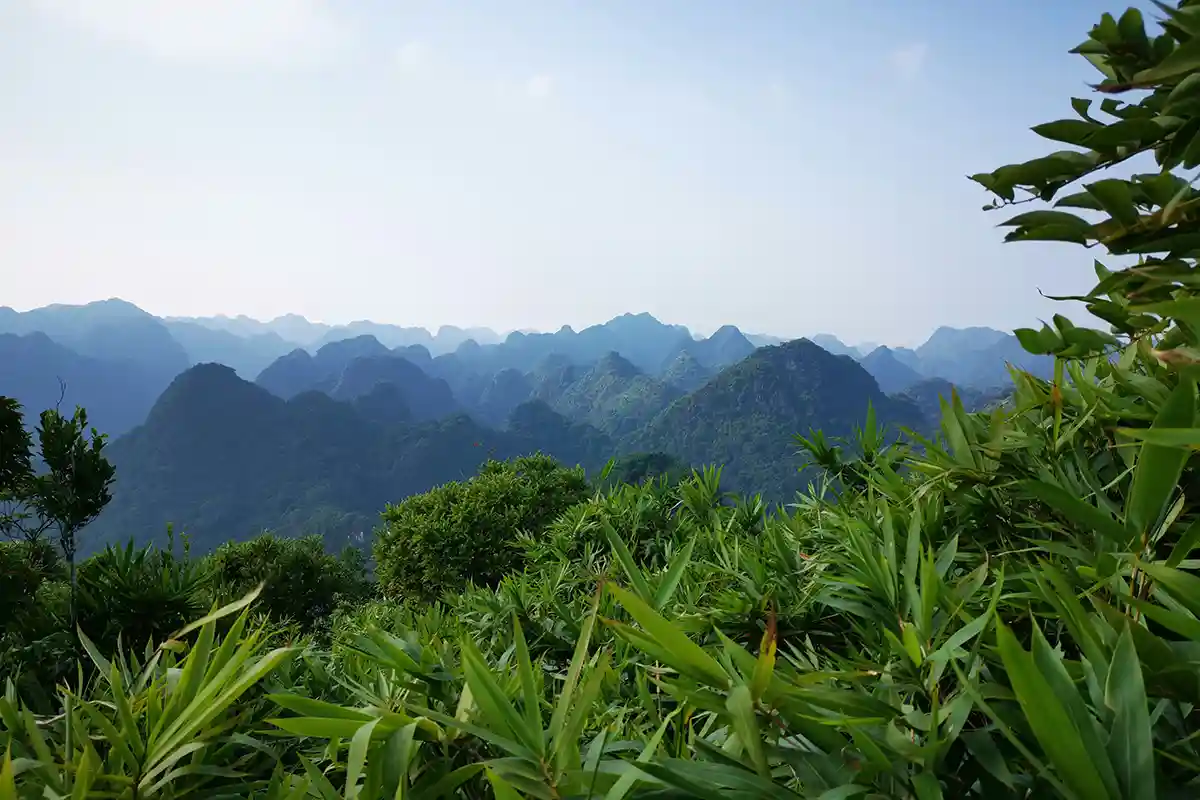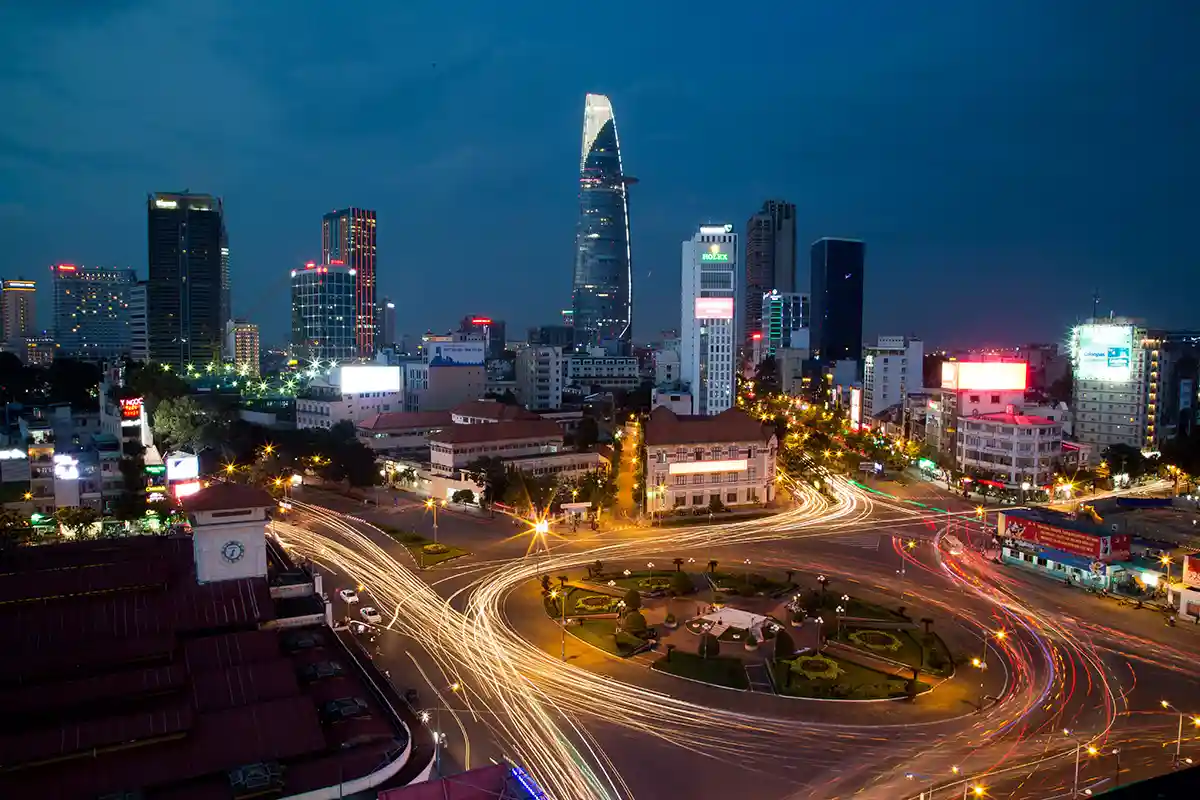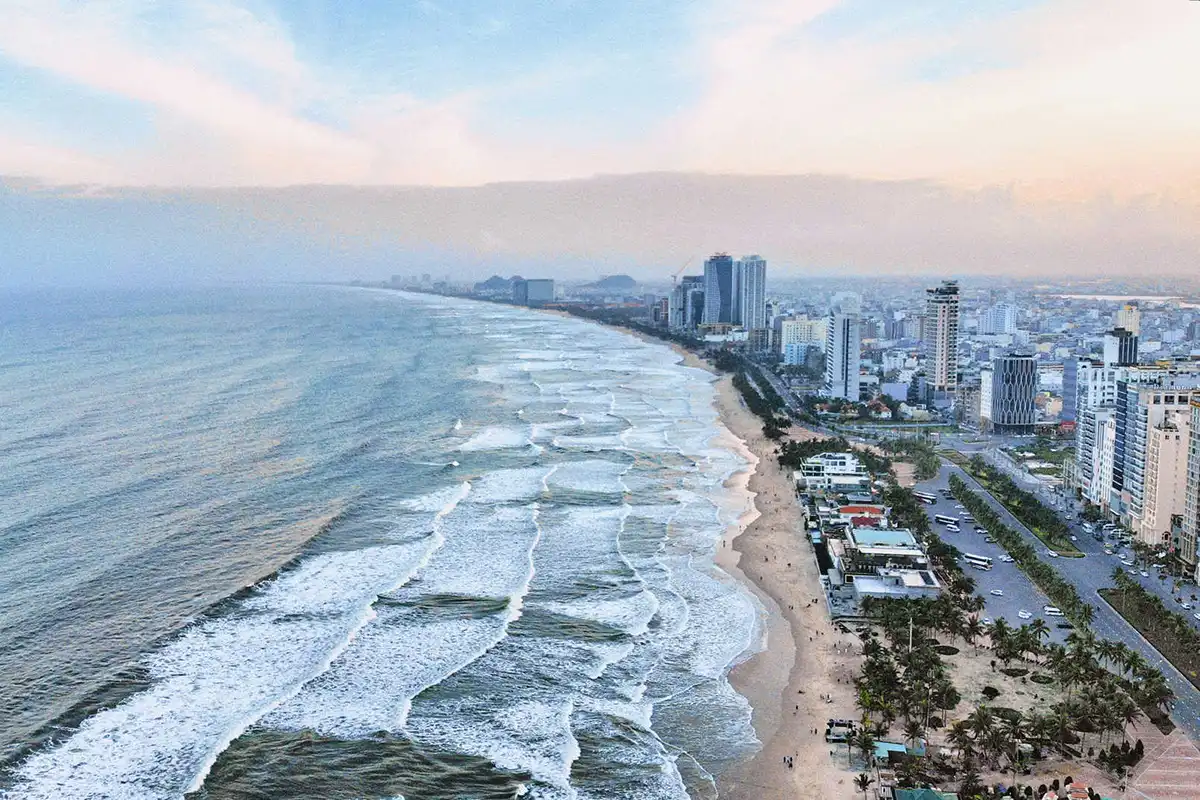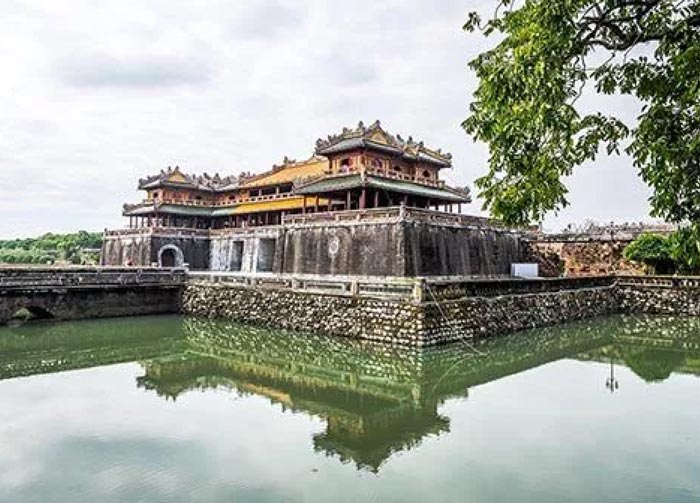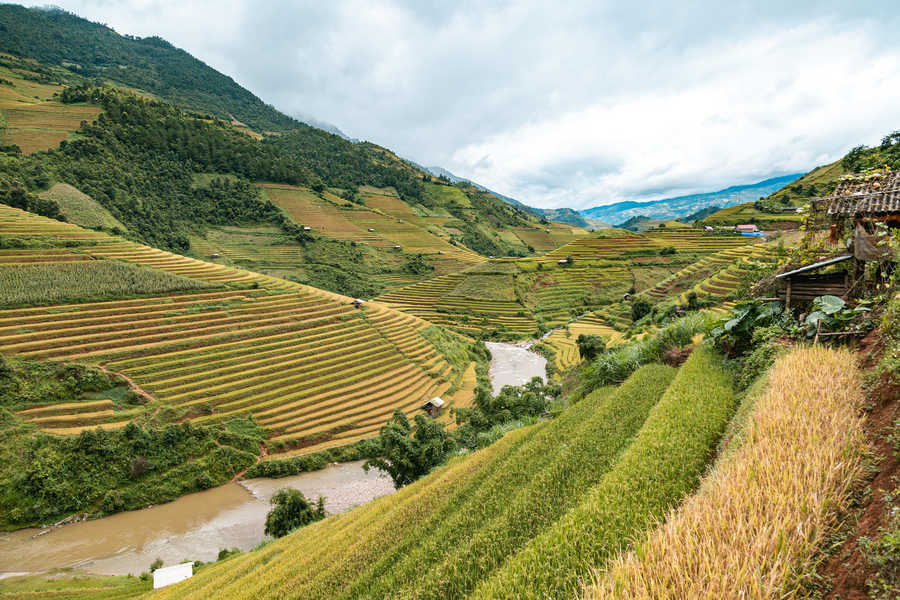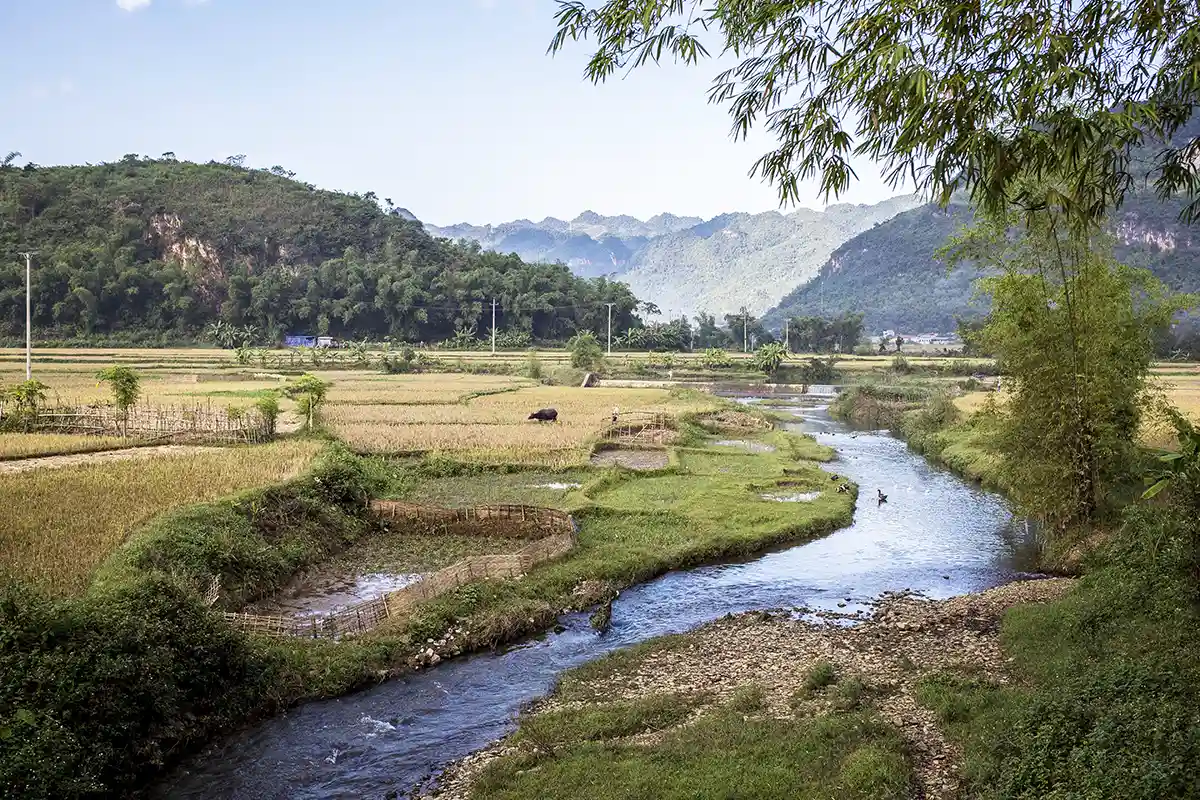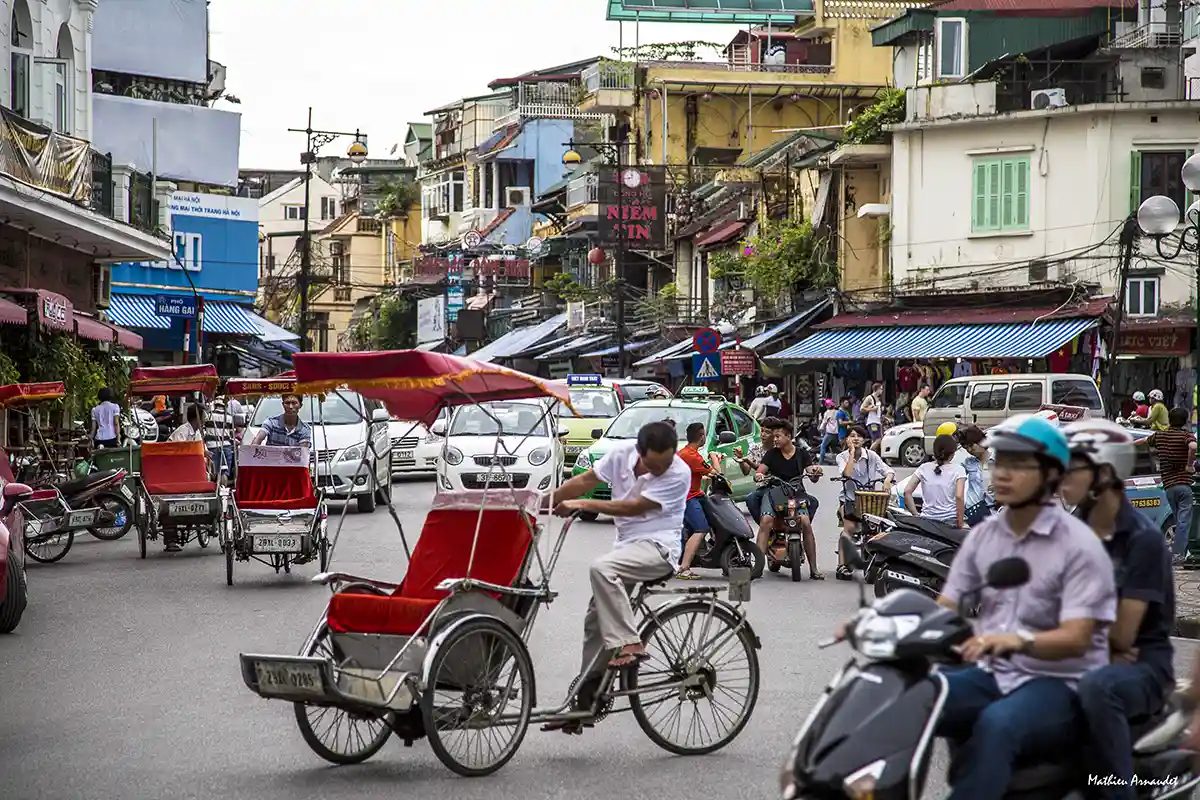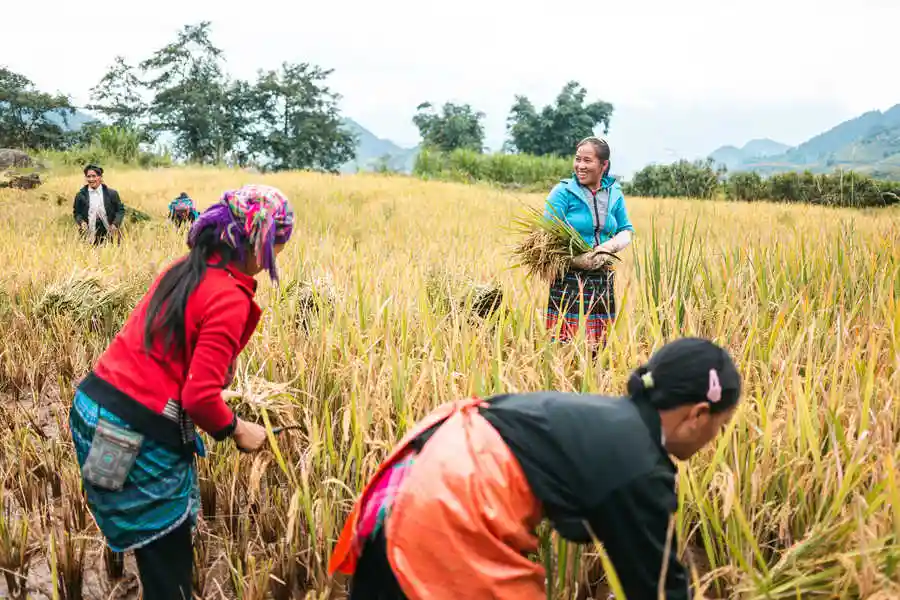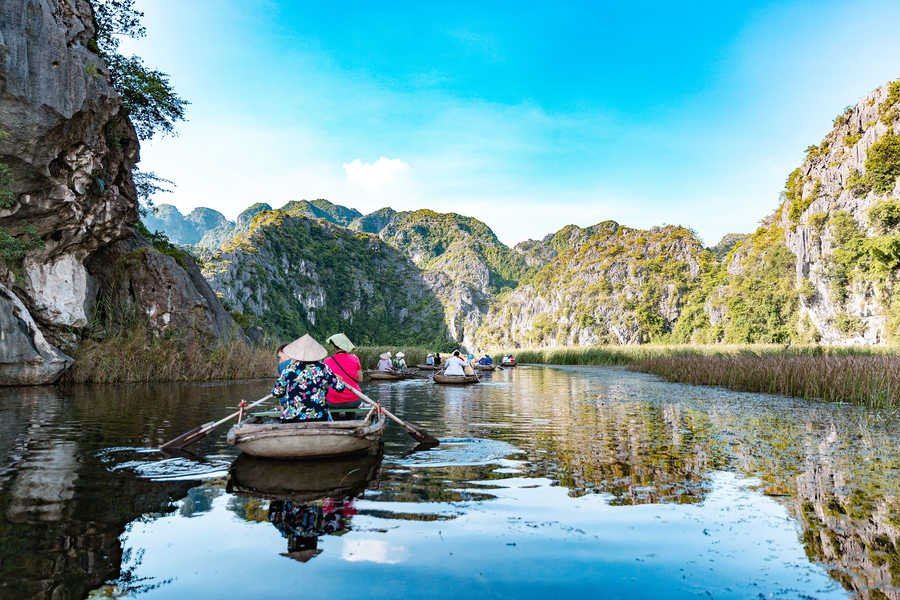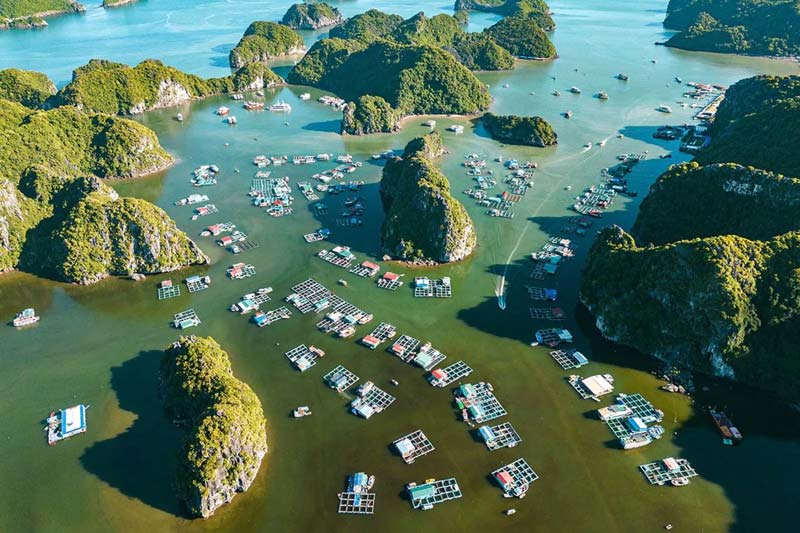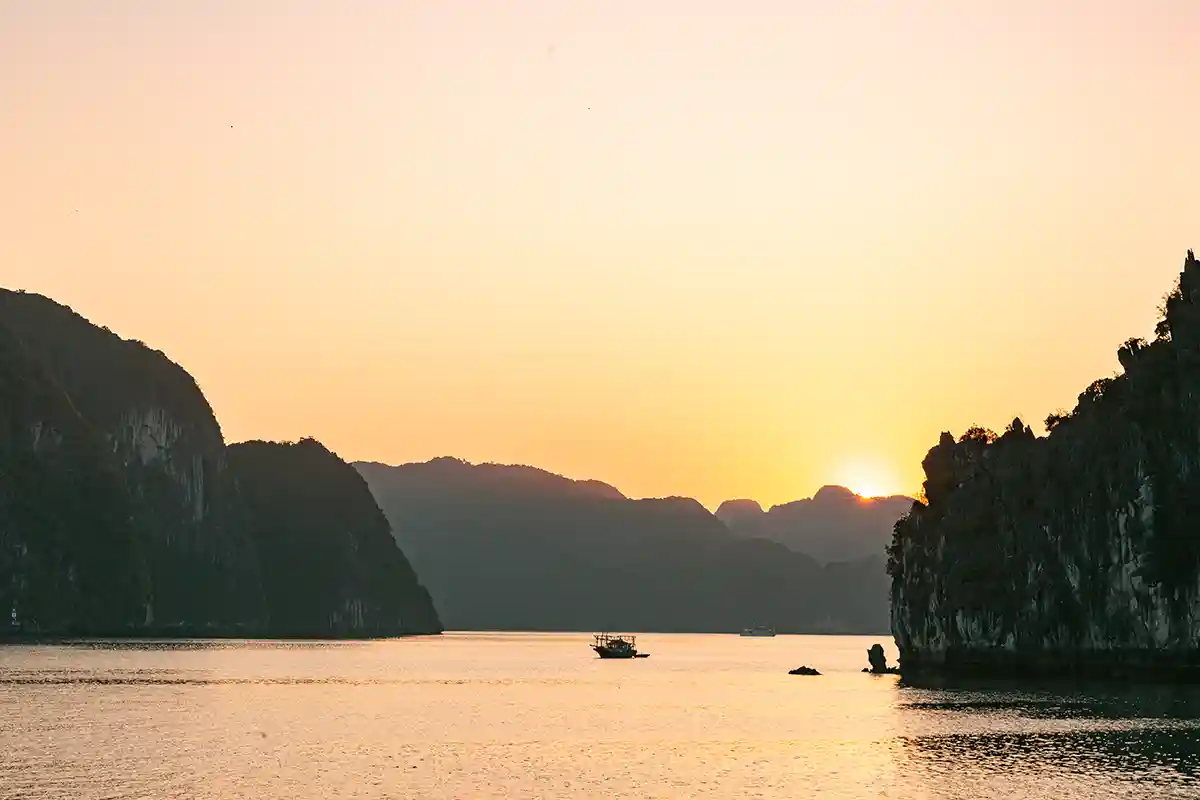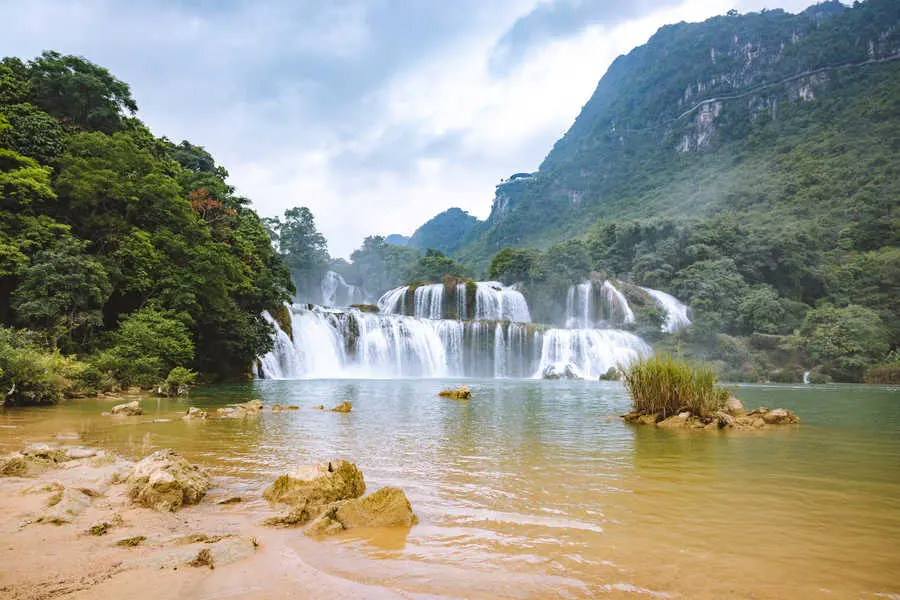・Vietnam North to South・

Our Vietnam tours from North to South
We offer our best tours to explore the country from North to South, combining major cultural highlights, iconic landscapes, and well-placed moments of relaxation.
You will find complete itineraries, as well as regional excursions if you prefer to build a tailor-made journey at your own pace and according to your priorities. Whether you are traveling as a couple, with family, or with friends, our tours are designed to provide a perfect balance between discovery, comfort, and smooth logistics.
Our tours packages Vietnam North to South
A 10-day tour to explore Vietnam’s must-see destinations: Hanoi, Halong Bay, Hue, Hoi An, and the Mekong Delta. A journey that covers all the essentials.
All of Vietnam’s must-see sites in a 12-day journey from North to South. Hanoi, Halong Bay, Hoi An, the Mekong Delta...
Discover Vietnam in 15 Days: Lan Ha Bay, Mu Cang Chai, Hue and Hoi An, Authentic Immersion in the Mekong Delta
Vietnam in 21 Days – The Complete Journey: Lan Ha Bay, Mu Cang Chai Rice Terraces, Sapa, Hue, Hoi An, the Mekong, from North to South
21-Day Vietnam Tour: Mu Cang Chai Rice Terraces, Lan Ha Bay Cruise, Mekong Delta, and Beach Relaxation in Phu Quoc
Top must-see places in Northern Vietnam
Northern Vietnam is full of tourist sites, each more fascinating than the last. It can seem difficult to decide what you absolutely must visit and not miss…
Here are 5 destinations we recommend for a first trip to Northern Vietnam. It is not necessary to see them all—doing so would require at least 10–12 days. But this way, you will know what to prioritize.
Each destination has its own specialty (rice terraces, cruises, karst peaks, etc.), and visiting all of them will give you a complete overview of the landscapes and life in Northern Vietnam.
Hanoi, the capital
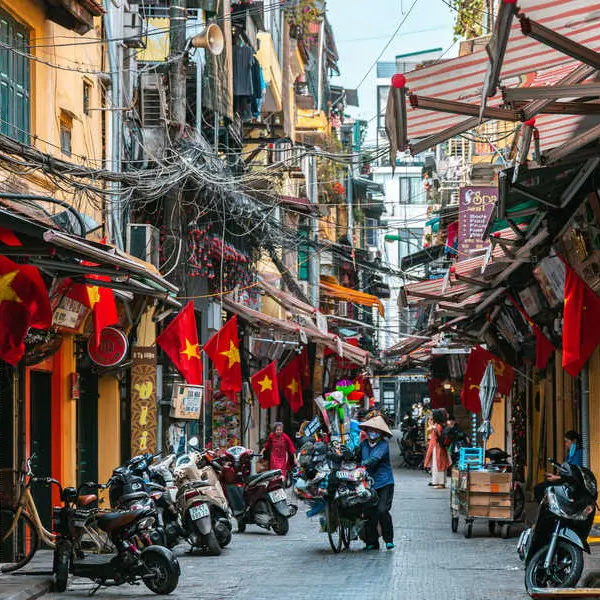
Located in the Red River Delta, Hanoi is the second most populous city in the country after Ho Chi Minh City. Above all, it is the political, administrative, and historical capital of Vietnam. In 2010, Vietnam celebrated the city’s 1,000th anniversary, founded by King Ly Thai To in 1010. Since then, Hanoi has most often been chosen by successive powers as the capital of Vietnam, with the exception of the imperial period, during which Hue was favored by the Nguyen dynasty.
Hanoi therefore has a very long history, traces of which can be found in many sites throughout the city: Tran Quoc Pagoda, the oldest in Hanoi; the Temple of Literature, a symbol of Confucian education; the Long Bien Bridge, a reminder of the French colonial era; and the 36 Guild Streets, the city’s commercial hub for hundreds of years.
A visit to Hanoi can also be combined with that of one or more craft villages located around the capital, where you can discover some of the objects that make Vietnamese handicrafts so renowned.
Plan at least 1 to 2 days to visit Hanoi.
Cat Ba island and Lan Ha bay
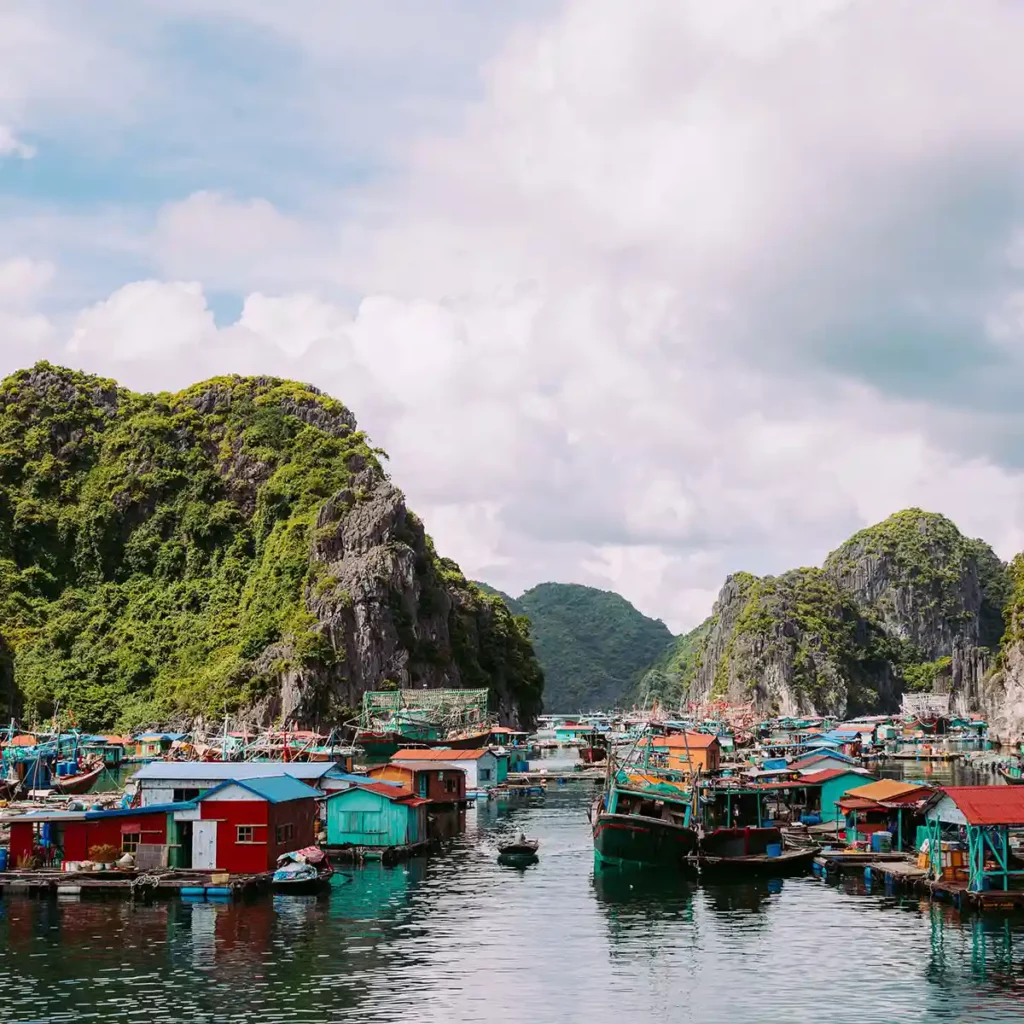
Cat Ba Island is the largest island of the archipelago bearing the same name, which includes a total of 367 islands. The island is home to a National Park that has remained very wild and has been recognized as a UNESCO World Biosphere Reserve since 2004. This recognition is due to its rich biodiversity: pristine tropical forests, limestone mountains, mangroves, all sheltering 1,560 plant species, 53 animal families including 160 bird species, 45 reptiles, 21 amphibians, and over 1,300 marine species. The island also offers many activities such as hiking, cycling tours, and of course relaxation on its beaches.
Cat Ba Island is also the starting point for traditional junk cruises in Lan Ha Bay. This part of Halong Bay is much less touristy and stretches all around the archipelago. From Ben Beo port, in the south of Cat Ba Island, Parfum d’Automne’s junks depart. Our programs include a unique feature: crossing Cat Ba Island by motorbike. Right after your arrival on the island (most often via a ferry crossing), our local colleagues will be waiting to drive you for about one hour to Ben Beo harbor, from where you will board your cruise.
Ninh Binh, "Halong bay on land"
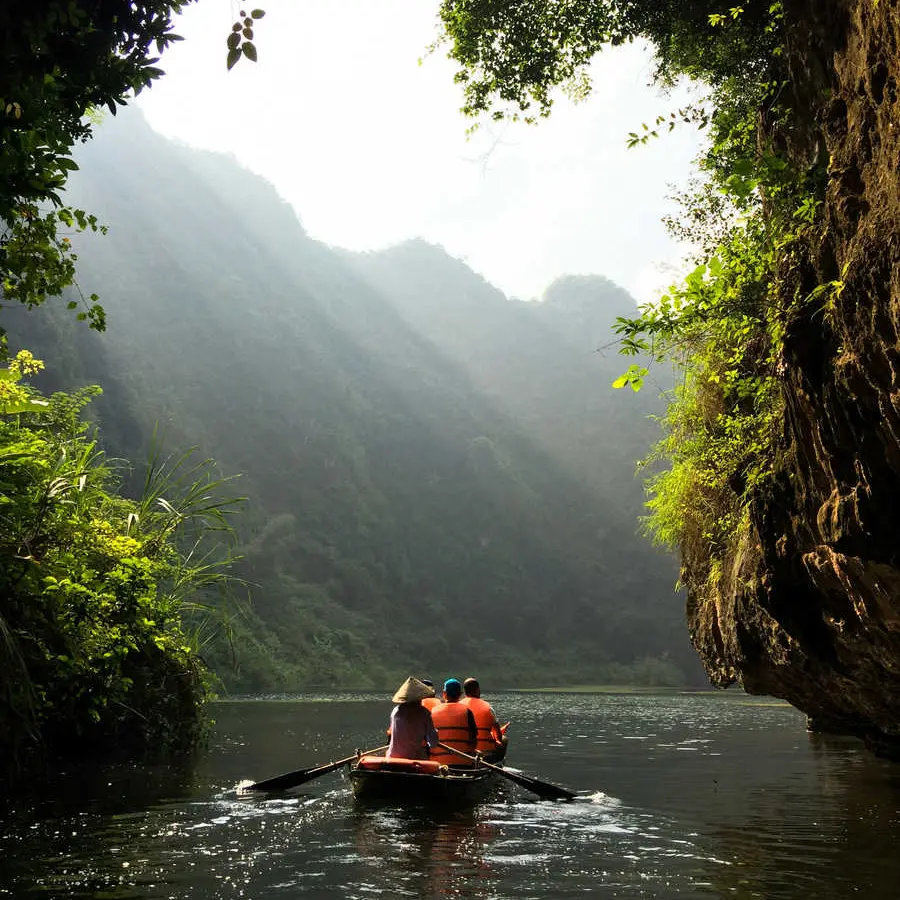
Ninh Binh is the name of a province located in the Red River Delta. It is also the name of the province’s main city (as is often the case in Vietnam). Around this city, you will find many remarkable sites to visit.
First of all, you will be delighted to see again the limestone peaks you left behind in Halong Bay. Ninh Binh is indeed nicknamed the “Halong Bay on land.” Here, the rocks rise not from the sea but from the ground. It is just as impressive and peaceful! Several sites are worth discovering, such as Trang An (a UNESCO World Heritage Site), Tam Coc (where the river is bordered by rice fields), as well as Van Long and Thung Nham (two less-visited sites that also have their charm).
You can also visit Vietnam’s ancient capital, Hoa Lu, or explore the Bai Dinh Buddhist complex, as well as enjoy cycling through the surrounding countryside, stopping at several very old pagodas along the way.
A visit to Ninh Binh combines perfectly with a trip to Halong / Lan Ha Bay. We recommend staying at least 3 days and 2 nights to fully appreciate these two beautiful destinations without rushing.
The terraced rice fields of Sapa

Sapa is a town located in Lao Cai Province, on the Chinese border, in Northern Vietnam. It was first developed by the French colonial authorities in the early 20th century as a retreat for French officials stationed in Vietnam to escape the intense heat of the tropical summer. Home to various mountain ethnic groups, especially the Hmong, the town gradually also welcomed the Vietnamese (Kinh) population.
Lao Cai Province is home to the highest peaks in Vietnam, including Mount Fansipan, which rises to 3,143 meters. Traveling to Sapa and hiking in its surroundings means meeting the indigenous peoples, particularly the Hmong, who have lived in these regions for many generations. It also means marveling at the breathtaking landscapes, especially the famous terraced rice fields, shaped by the hands of the mountain people.
The Dong Van Karst Plateau in Ha Giang

Long overlooked by travelers, the Ha Giang region is gradually opening up to tourism, revealing its breathtaking landscapes! You will not be disappointed discovering this mountainous area where rocky peaks, valleys, and rivers intertwine.
In the northeast of the province, you will be amazed by the way the road winds along the sides of these mountains. As you explore this region, mainly inhabited by the Hmong people, you will take your time on the road to admire the Dong Van Karst Plateau, Vietnam’s first geological park, as well as the Ma Pi Leng Pass, one of the highest mountain passes in the country, reaching an altitude of 2,000 meters above sea level.
Northern Vietnam tours packages
A comprehensive 15-day tour exploring Northern Vietnam and its spectacular landscapes: terraced rice fields, the Ha Giang loop, Halong Bay…
In ten days, set off to discover the treasures of Northern Vietnam, combining must-see sites with an immersion in the unspoiled nature of Pu Luong.
Embark on an 8-day immersive tour exploring Hua Tat, Pu Luong, and the two Ha Long Bays (both maritime and terrestrial).
Northern Vietnam Highlights in 5 Days: Authentic Hanoi, the Karst Landscapes of Ninh Binh, and a Peaceful Cruise in Lan Ha Bay
North Vietnam & Luang Prabang in 12 Days: Pu Luong Rice Terraces, Halong Bay, and the Temples & Spiritual Traditions of Laos
Northern Vietnam & Angkor in 12 Days: Pu Luong Rice Terraces, Halong Bay, Angkor Temples, and a Tonlé Sap Cruise for a Total Immersion
The Must-See Destinations in Central Vietnam
If Northern Vietnam is known for its majestic mountains and terraced rice fields, Central Vietnam stands out for its charming cities and beautiful beaches. This region offers a perfect balance between cultural discovery and seaside relaxation, making it a must on any trip to Vietnam.
To help you plan your journey, we have selected five unmissable destinations in Central Vietnam that combine history, architecture, traditions, and natural beauty — all waiting to be explored during your stay.
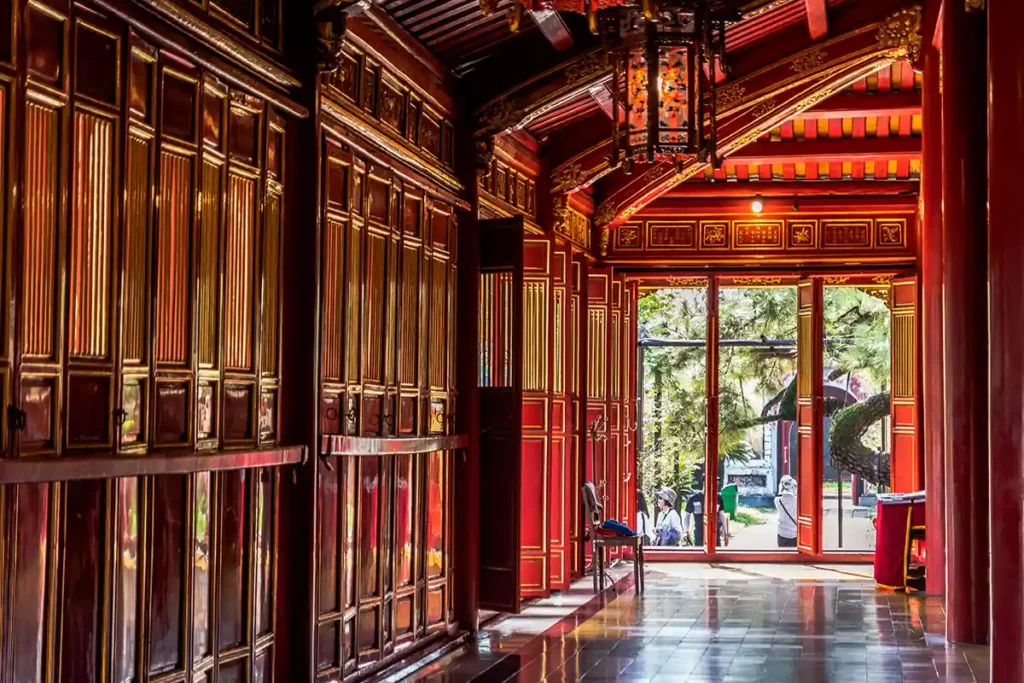

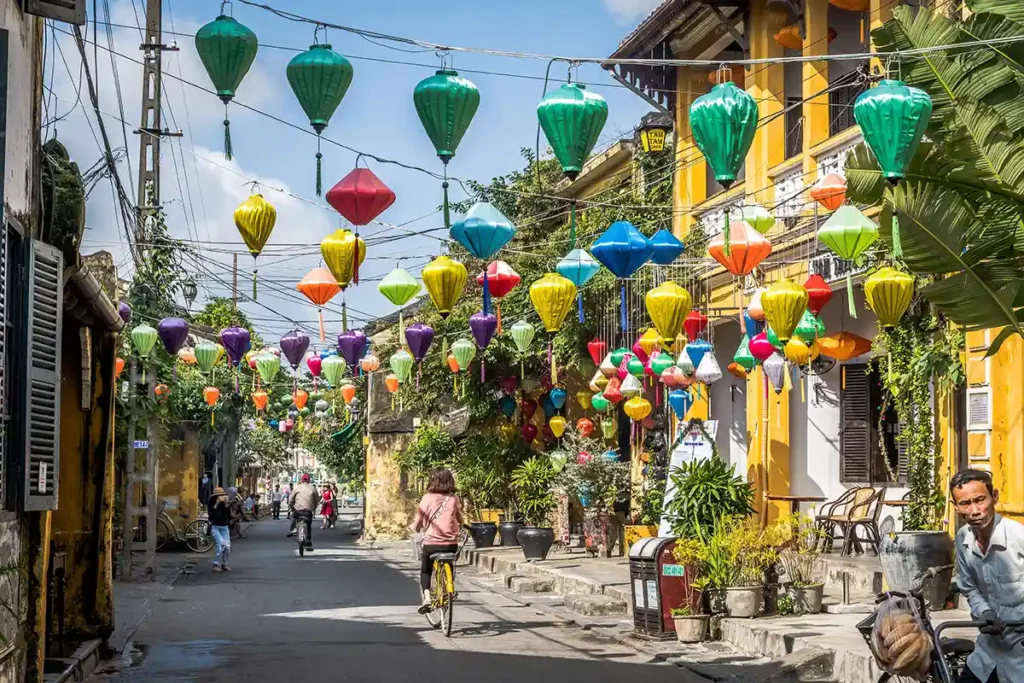
Phong Nha-Ke Bang and Its Stunning Caves
Even though the climate in Phong Nha is quite different from that of the other destinations further south in Central Vietnam, we chose to include this national park on our list. Geographically, it makes perfect sense: after all, Dong Hoi is only 160 kilometers away from Hue.
Phong Nha-Ke Bang National Park is still not part of the classic travel itineraries, and yet… it is home to some of the largest and most beautiful caves in the world!
Two caves are absolute must-sees: the Paradise Cave and Phong Nha Cave, the latter explored by small boat. You will be amazed by the breathtaking beauty of nature’s work!
Hue, the Ancient Imperial Capital
Hue is the main city of Thừa Thiên-Huế Province, located in Central Vietnam. It was here that the Nguyen dynasty built its Imperial City in the 19th century. The city flourished, gaining a strong artistic and intellectual reputation, until the arrival of French troops in the 1880s. Much of the Imperial City was destroyed, and many valuable items such as furniture and manuscripts were stolen or burned. Later, the wars of independence — against both the French and the Americans — caused even greater damage to Hue’s cultural and historical heritage.
Fortunately, in recent years, tremendous restoration efforts have taken place, and today visitors can once again stroll through an Imperial City that has regained much of its former splendor.
But Hue is not limited to its Imperial City! With our tours, you will take the time to wander through the peaceful streets of the city, discover the Thanh Toan Bridge, visit ancient pagodas, cruise along the Perfume River, and enjoy Hue’s renowned cuisine.
You should also not miss the Emperors’ tombs on the outskirts of the city, each more impressive than the last. These sites are beautifully maintained, featuring vast landscaped gardens — truly not to be missed.
Da Nang and Its Beaches
Da Nang is one of Vietnam’s favorite holiday destinations. Coming from the North, it is the country’s first major seaside resort.
Facing the sea and backed by mountains, Da Nang is one of Vietnam’s five most important cities (“municipalities”), along with Hanoi, Haiphong, Can Tho, and Ho Chi Minh City. The municipality boasts over 90 kilometers of coastline, stretching from the Hai Van Pass down to the Marble Mountains. Along this entire stretch, you’ll find beautiful beaches such as My Khe, Nam O, Xuan Thieu, Thanh Binh, Son Tra, Bac My An, and Non Nuoc.
A large number of hotels line the beaches, offering plenty of accommodation options. Most resorts also manage their own section of beach, ensuring a relaxing stay in complete tranquility.
As a hub for seaside tourism, Da Nang offers plenty of activities: diving, kitesurfing, jet skiing, and more.
The city is now home to nearly one million inhabitants, and its nightlife is rapidly expanding — much to the delight of travelers. Da Nang is an excellent choice if you are looking to combine relaxation and entertainment.
Hoi An
Once a famous fishing port and silk trading hub from the 15th century onwards, Hoi An has been shaped by many cultural influences, still visible today in the architecture of its Old Town. Listed as a UNESCO World Heritage Site since 1999, the Old Town contains no fewer than 844 registered historic buildings. Of course, you won’t have the time or patience to visit them all! But several remain absolute highlights: the Japanese Covered Bridge, built in 1593 to link the Japanese and Chinese quarters of the city; Tan Ky House, the oldest in Hoi An and the first to be recognized as a Historical Monument in 1985; and the Phuc Kien Pagoda, once the gathering place of the community from Fujian Province.
Beyond these monuments, a simple stroll through the Old Town is unmissable — by day, to admire the colorful façades, and by nightfall, to marvel at the magical glow of the lanterns.
My Son Sanctuary
My Son is the most important archaeological site of the Cham civilization, which flourished from the 4th to the 13th century. With its cultural and spiritual roots in the Indian subcontinent and Hinduism, the Cham built numerous temples dedicated to Hindu deities such as Krishna, Vishnu, and above all, Shiva.
For many centuries, My Son served as the religious and spiritual heart of this civilization, a sacred valley where kings and priests performed rituals to honor their gods. Today, the site is a UNESCO World Heritage Site, and visitors can still admire the red-brick temple towers, partly ruined yet remarkably atmospheric, surrounded by lush jungle-covered hills. Walking among these ancient sanctuaries gives a unique sense of stepping back into the spiritual and cultural roots of Central Vietnam.
Central Vietnam tours packages
Four Days in Central Vietnam: Hue Imperial City, Tam Giang Lagoon, Hai Van Pass, Cham Museum in Danang, and the Charm of Hoi An
3 days in Central Vietnam: vibrant markets, Cham sanctuary, Hue Imperial City, pagodas and mausoleums, and the authentic soul of Hoi An
This tour takes you on a journey to explore the Champa Kingdom, which reigned in Central Vietnam from the 2nd to the 17th century.
2-Day Hue Tour: Sampan Ride to Thien Mu Pagoda, Imperial City Visit, Tu Duc Mausoleum, and Dong Ba Market
The Must-See Destinations in Southern Vietnam
Just like in Northern Vietnam, the southern provinces are home to a great number of ethnic minorities, especially in the Central Highlands and the Mekong Delta. By visiting the destinations we have listed below, you will not only admire stunning landscapes but also meet the local communities who make Vietnam such a rich and vibrant cultural mosaic.
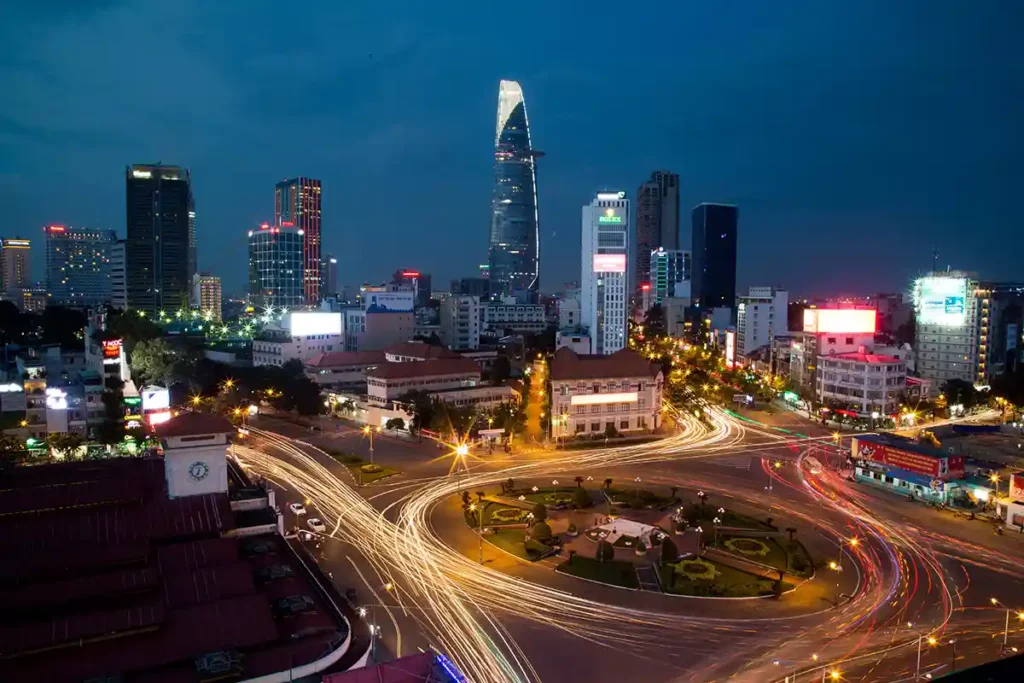
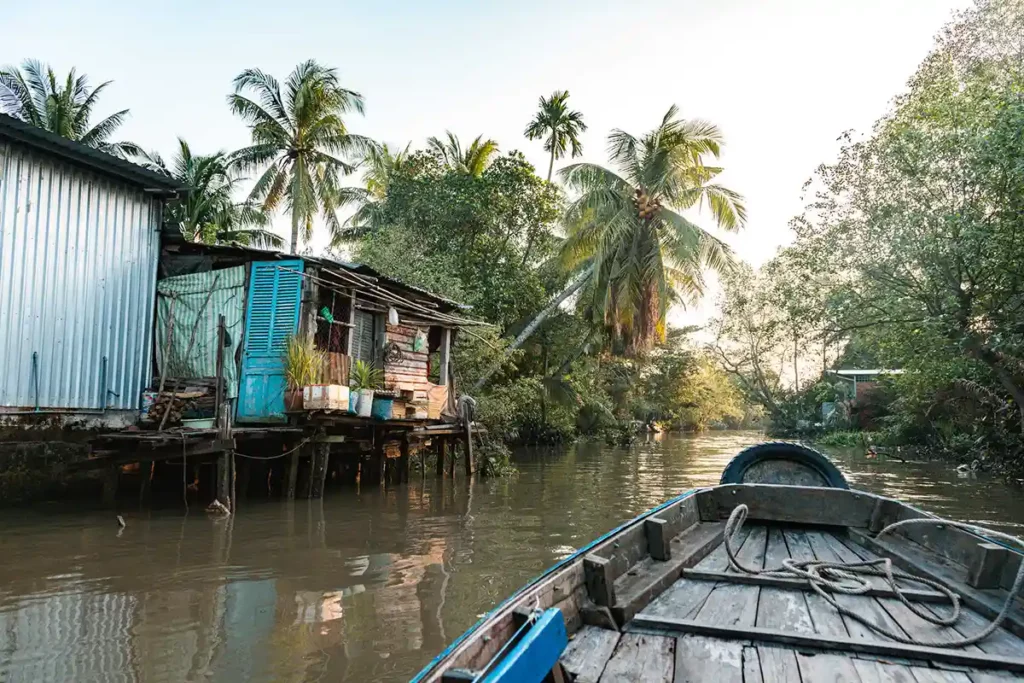
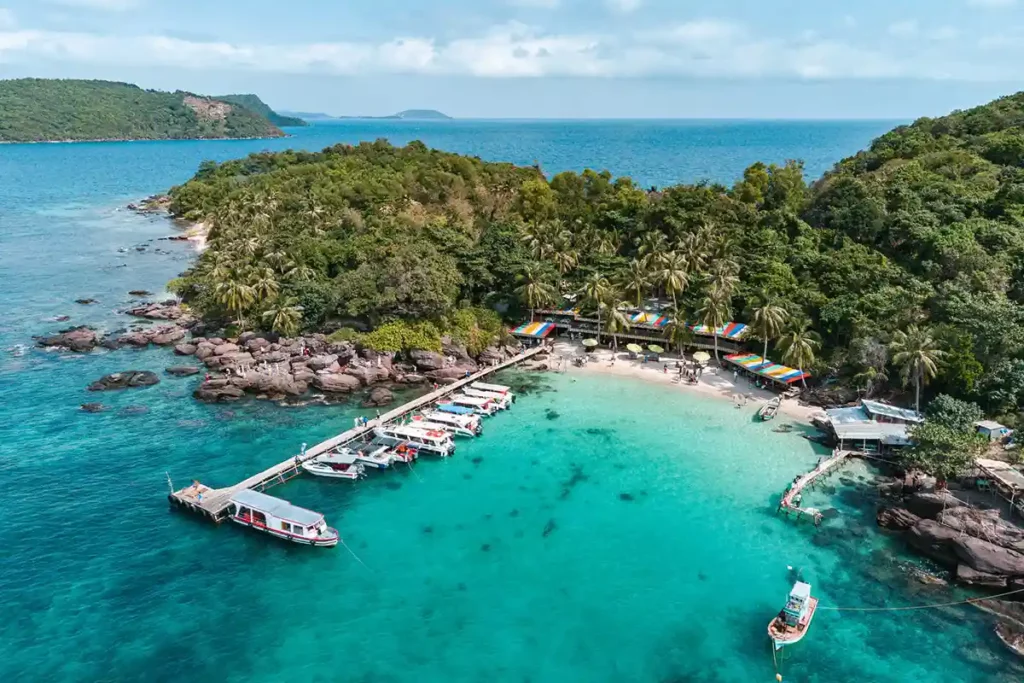
Buon Ma Thuot in the Central Highlands
The city was founded by the French in 1904 and soon developed as an important trading crossroads. The Vietnamese population only began to settle in this region after reunification. Buon Ma Thuot and its surroundings are primarily inhabited by ethnic minorities distinct from those in Northern Vietnam’s mountains. Here you can meet the Ede, M’nong, Jarai, Rhade, and other groups.
Beyond the chance to immerse yourself in different cultures, you will also be able to taste what is considered the best coffee in Vietnam! Coffee was introduced to this region during the French colonial period (around 1870). Thanks to the particularly suitable soil, cultivation flourished, and today the robusta coffee of Dak Lak Province is internationally renowned. Just be careful — it can be addictive!
Ho Chi Minh City, the Economic Heart
Several centuries ago, Ho Chi Minh City was nothing more than a small fishing village belonging to the Khmer Empire. In the 17th century, the city welcomed Vietnamese and Chinese settlers and was named Saigon, after the river that flows through it.
Renamed Ho Chi Minh City after the reunification of the country in 1975, it is today Vietnam’s most populous city, with over 9 million inhabitants. Over time, the city has grown denser, benefitting from its proximity to the Mekong Delta. Today it is a major driver of the country’s economic growth, and its leaders have the ambition to transform it into a leading Asian megacity, much like Singapore.
Why is it worth stopping here? Precisely to feel and witness this dynamism at work, to reflect on the changes, and to compare the old with the new. With our guides, you will discover the city’s diverse neighborhoods — Vietnamese, Chinese, and French. A few unmissable landmarks include Notre Dame Cathedral of Saigon, built in 1880; the Reunification Palace, built in 1868 and renovated in 1955; and the Ben Thanh Market, dating back to 1860. And these are just some of the fascinating sites to explore!
Ho Chi Minh City is also the gateway to further journeys into the Mekong Delta or to nearby provinces such as Cu Chi for its famous tunnels.
Vinh Long, the Peaceful Mekong Delta
The first destination we recommend in the Mekong Delta is Vinh Long, whose main town is a small port on the Mekong River.
The rest of the province is almost entirely devoted to rice cultivation: 90% of the arable land consists of rice paddies! Alongside these, you will also find crops of beans and sweet potatoes. Fruit trees are abundant too, producing pineapples, jackfruit, bananas, oranges, lemons, and more.
Vinh Long invites you to enjoy a peaceful moment: you can cycle through the surrounding countryside, or take a sampan to glide along the canals (arroyos) and explore islands such as An Binh and Binh Hoa Phuoc. The province is also home to beautiful communal houses and pagodas, with the majority of the local population being Kinh (ethnic Vietnamese).
Chau Doc and Life on the Water
Chau Doc is a medium-sized city (around 150,000 inhabitants) in An Giang Province, located on the border between Vietnam and Cambodia. The city has been part of Vietnam since the 17th century and today is home to Vietnamese, as well as Khmer and Cham ethnic communities. Along with Vinh Long, it is one of the best places to discover the authentic life of the Mekong Delta… and that certainly doesn’t mean there is nothing to do — quite the opposite!
Visiting Chau Doc and its surroundings is first and foremost an opportunity to discover Cham culture. The countryside is dotted with Cham villages where you can explore the traditions and ancestral crafts of this ethnic group. You can also visit the Chau Doc floating market, considered more authentic than those of Cai Rang and Phong Dien. Afterwards, you might climb to the top of Sam Mountain, the highest peak in the Mekong Delta at… 230 meters above sea level! It may not be a trek, but from the summit you’ll enjoy stunning views over the surrounding rice fields.
Finally, about 20 km from Chau Doc lies the Tra Su cajeput forest, now a natural reserve crisscrossed by a river. We highly recommend a sampan ride along this “green path,” so named because the water is carpeted with water hyacinths. A wonderfully peaceful experience!
Phu Quoc island
Perfect if you are looking to relax in a stunning natural setting!
Located at the far south of Vietnam, Phu Quoc is the country’s largest island. It was only relatively recently acquired by the Vietnamese people (most likely in the mid-19th century) and today belongs administratively to Kien Giang Province.
Vietnam is not widely known for the quality of its seaside resorts; however, Phu Quoc breaks this perception, as the island is blessed with many beautiful beaches and offers high-quality services.
Southern Vietnam tours packages
Embark on a private 3-day journey to explore an authentic Mekong Delta, far from mass tourism, visiting Ben Tre and Long Xuyen.
Discover the Mekong Delta in depth through this 3-day tour that will take you to Tra Vinh, Can Tho, and Xeo Quyt.
Mekong Delta Essentials – 2 Days: Cai Rang Floating Market, Ben Tre Coconut Groves, and Authentic Homestay on Thoi Son Island
Discover the Mekong Delta with this 1-day tour. Get straight to the essentials by visiting My Tho and Ben Tre.

